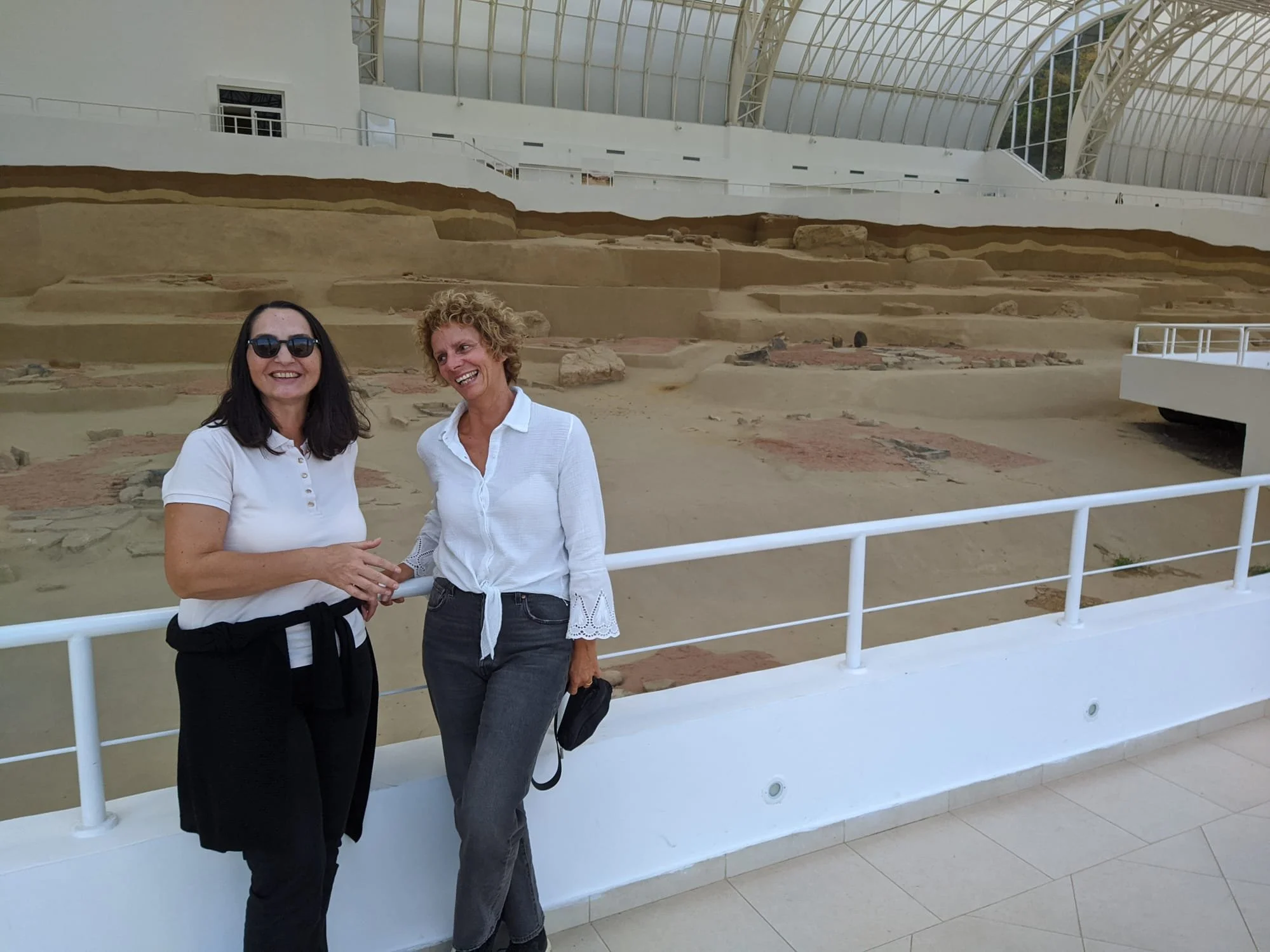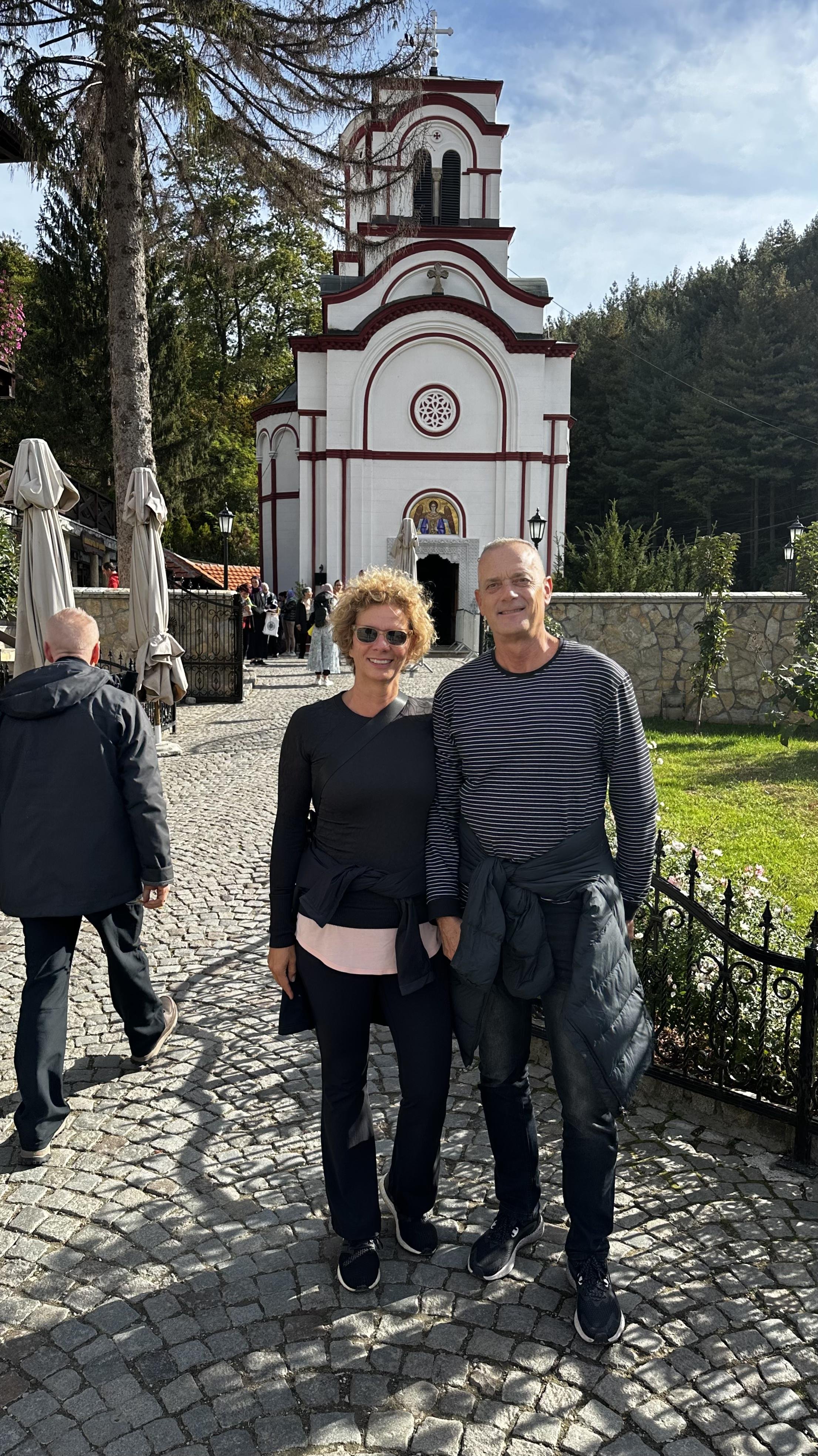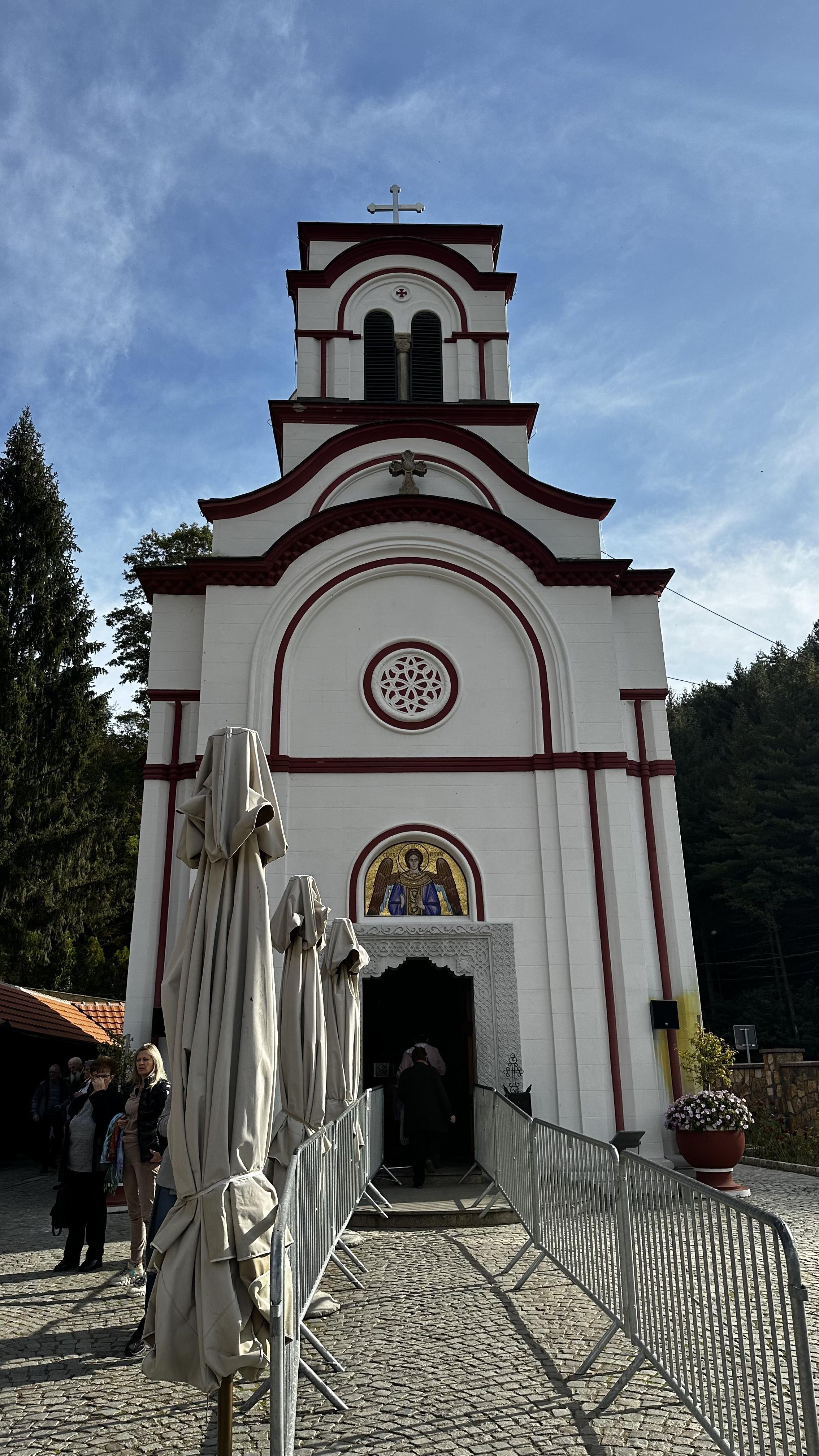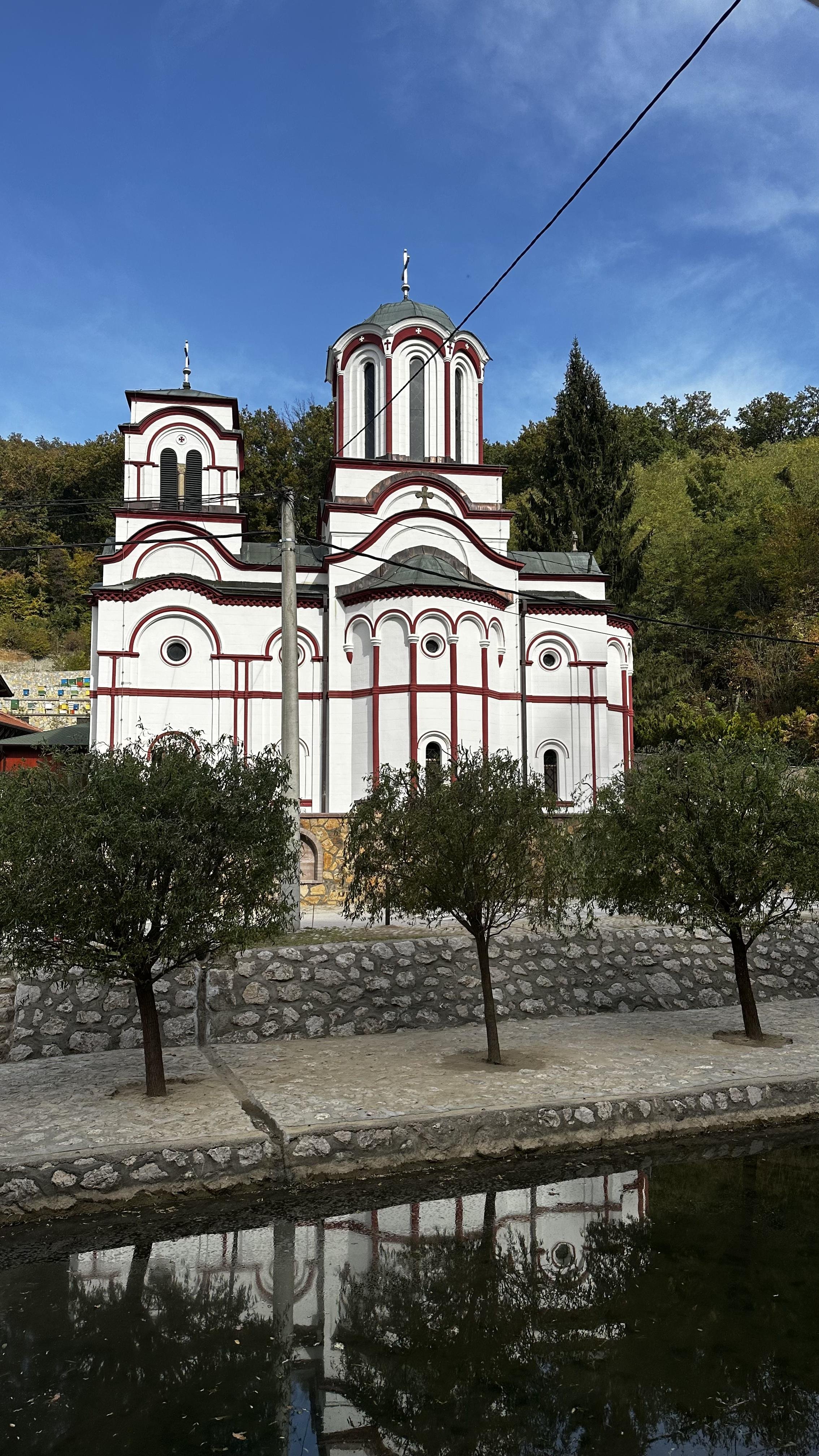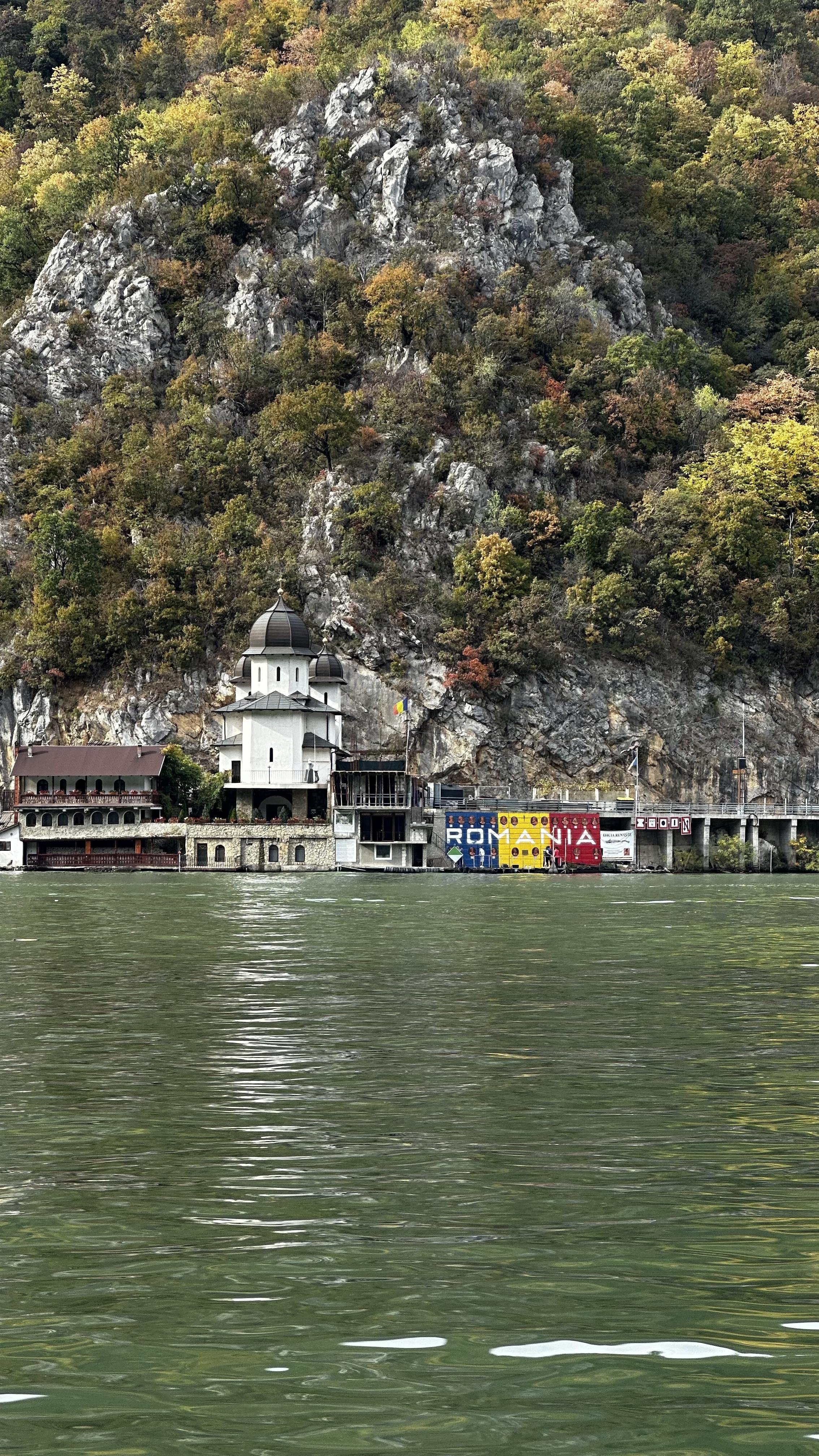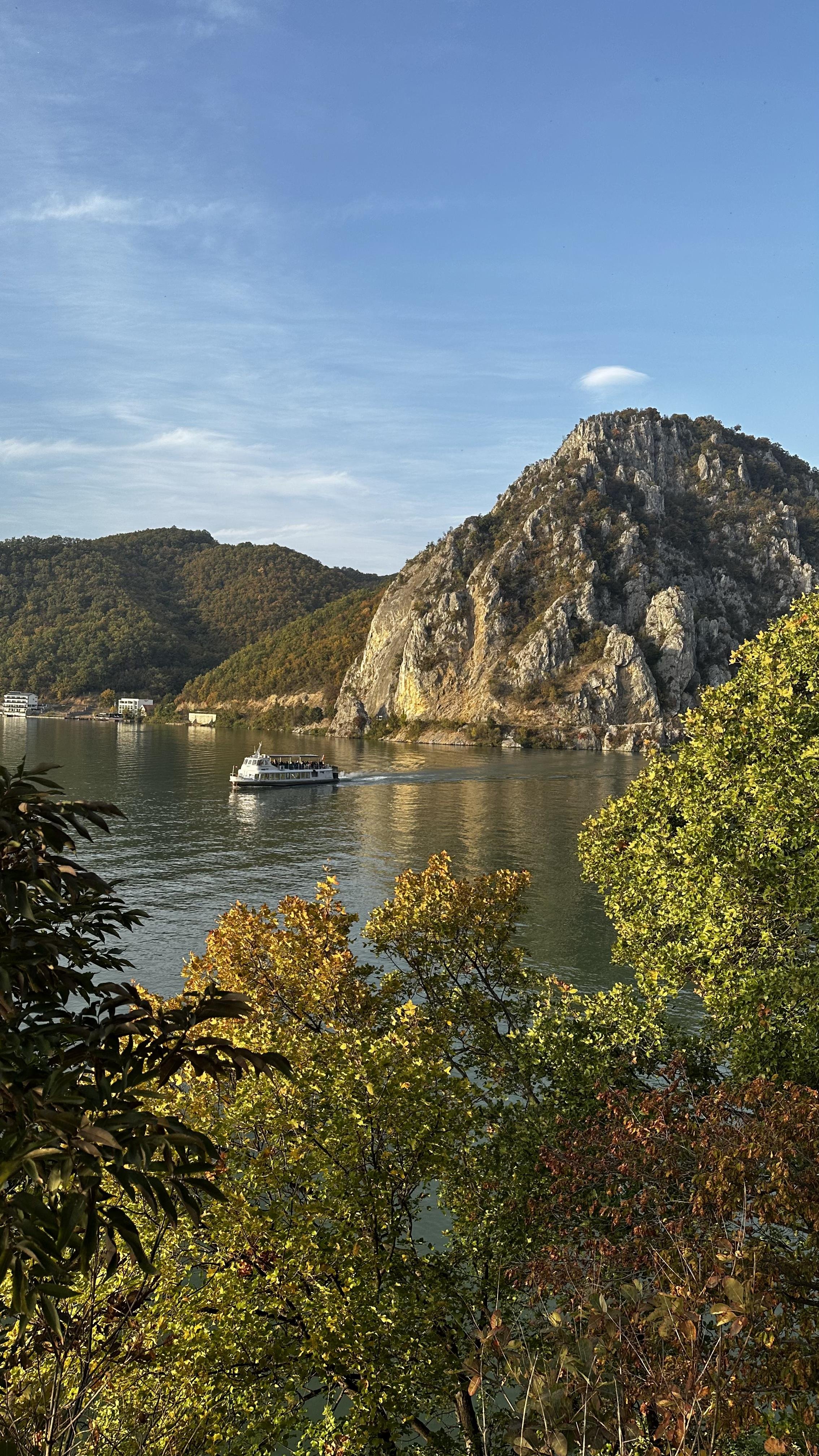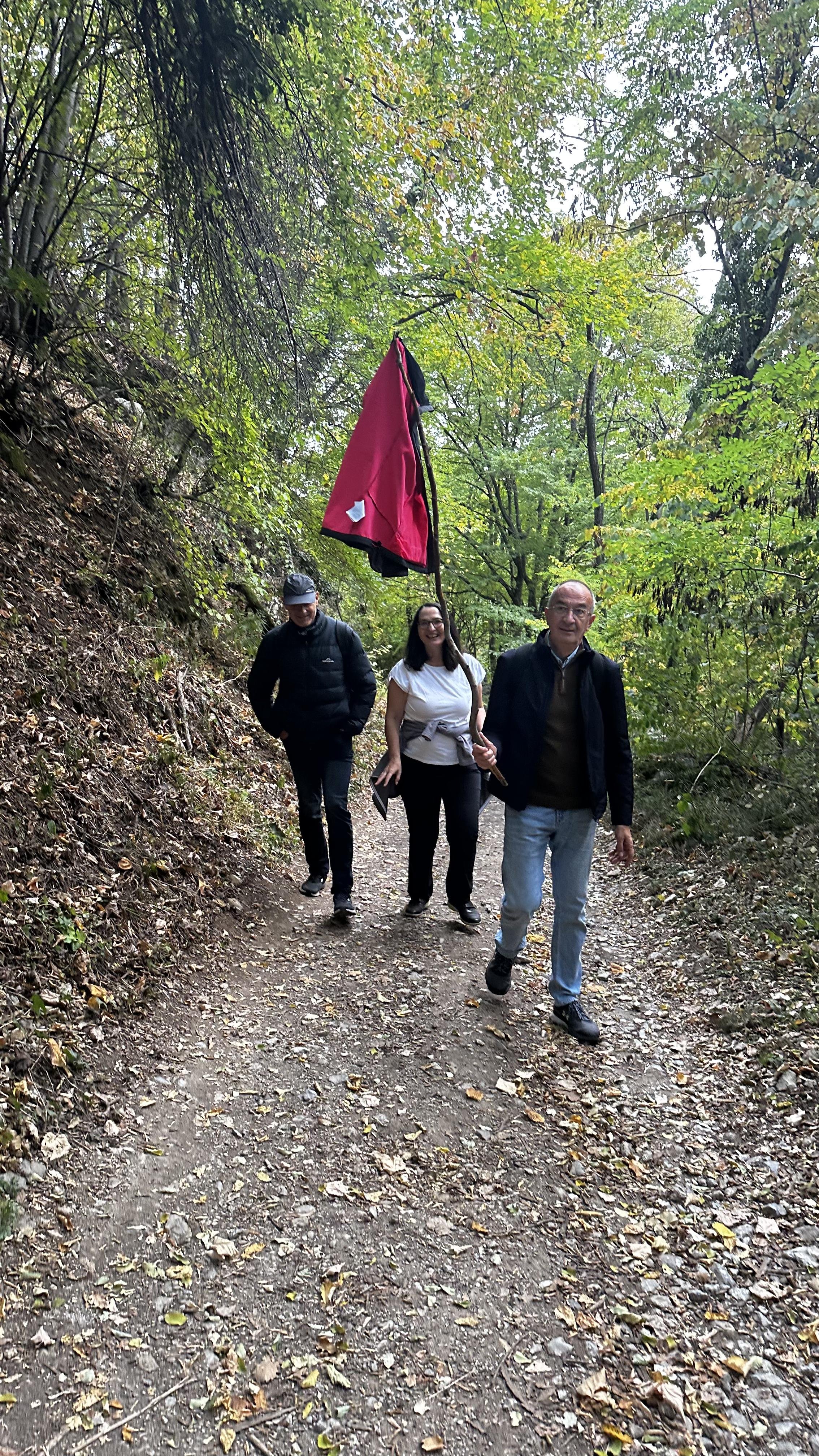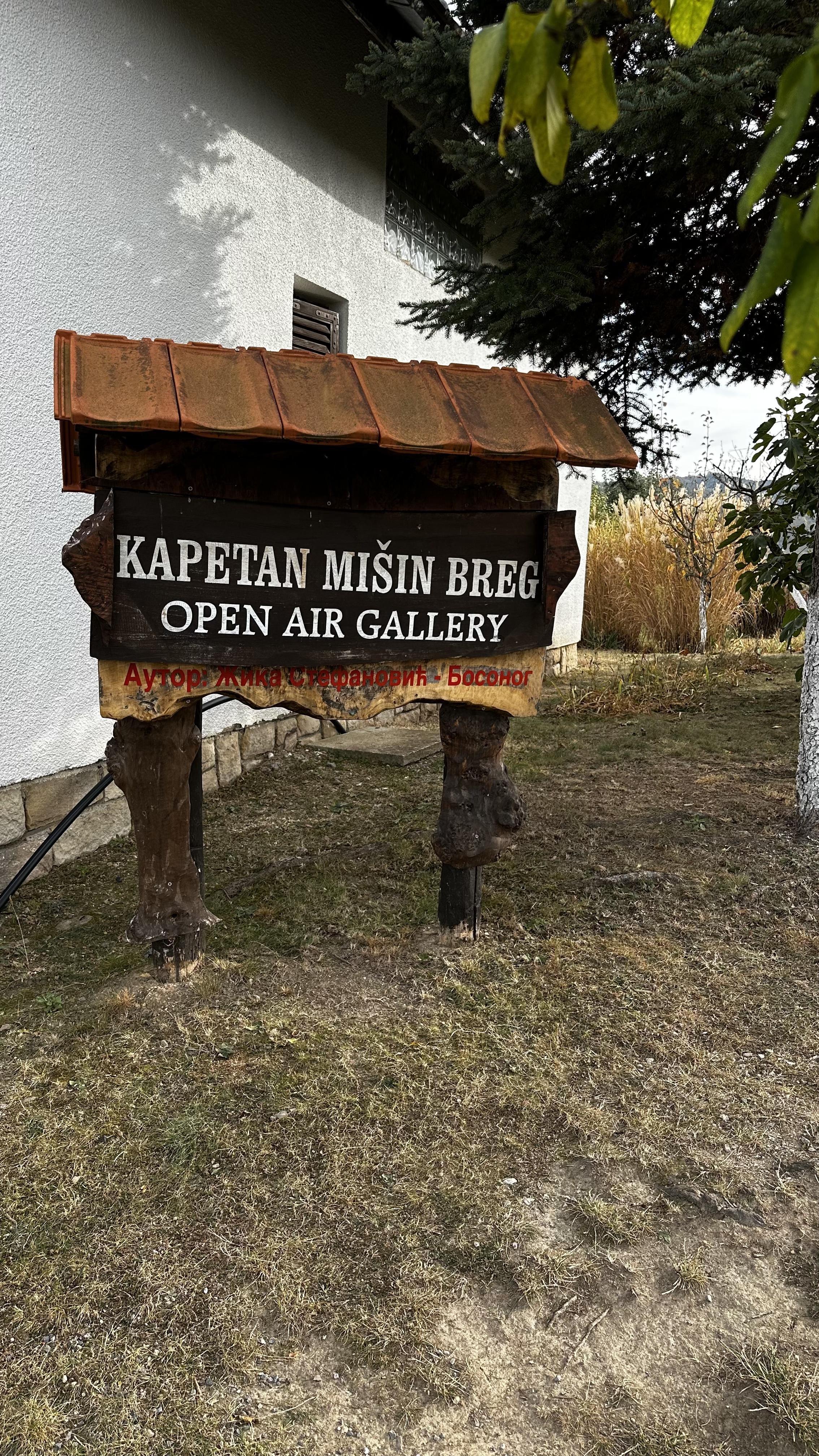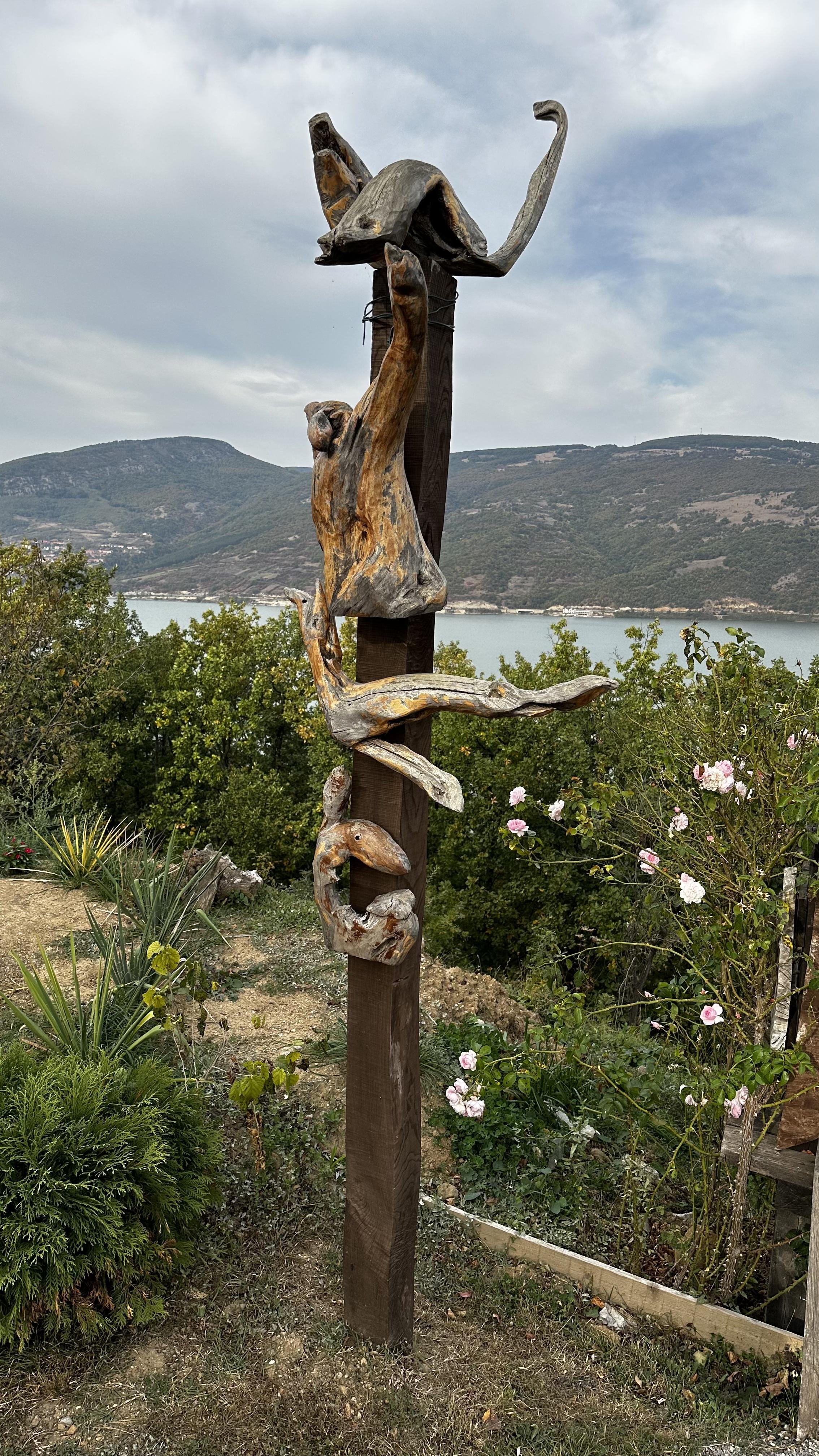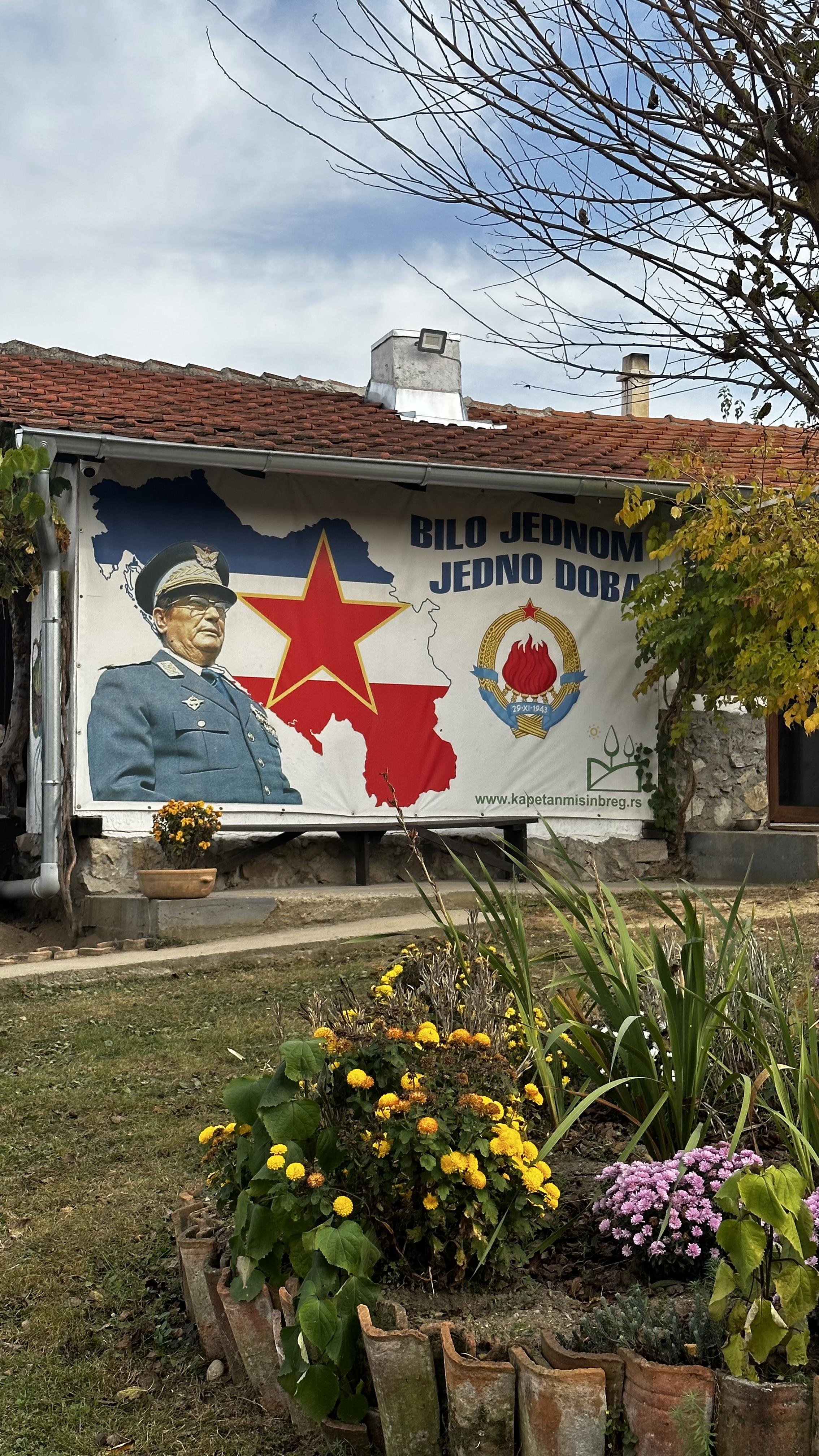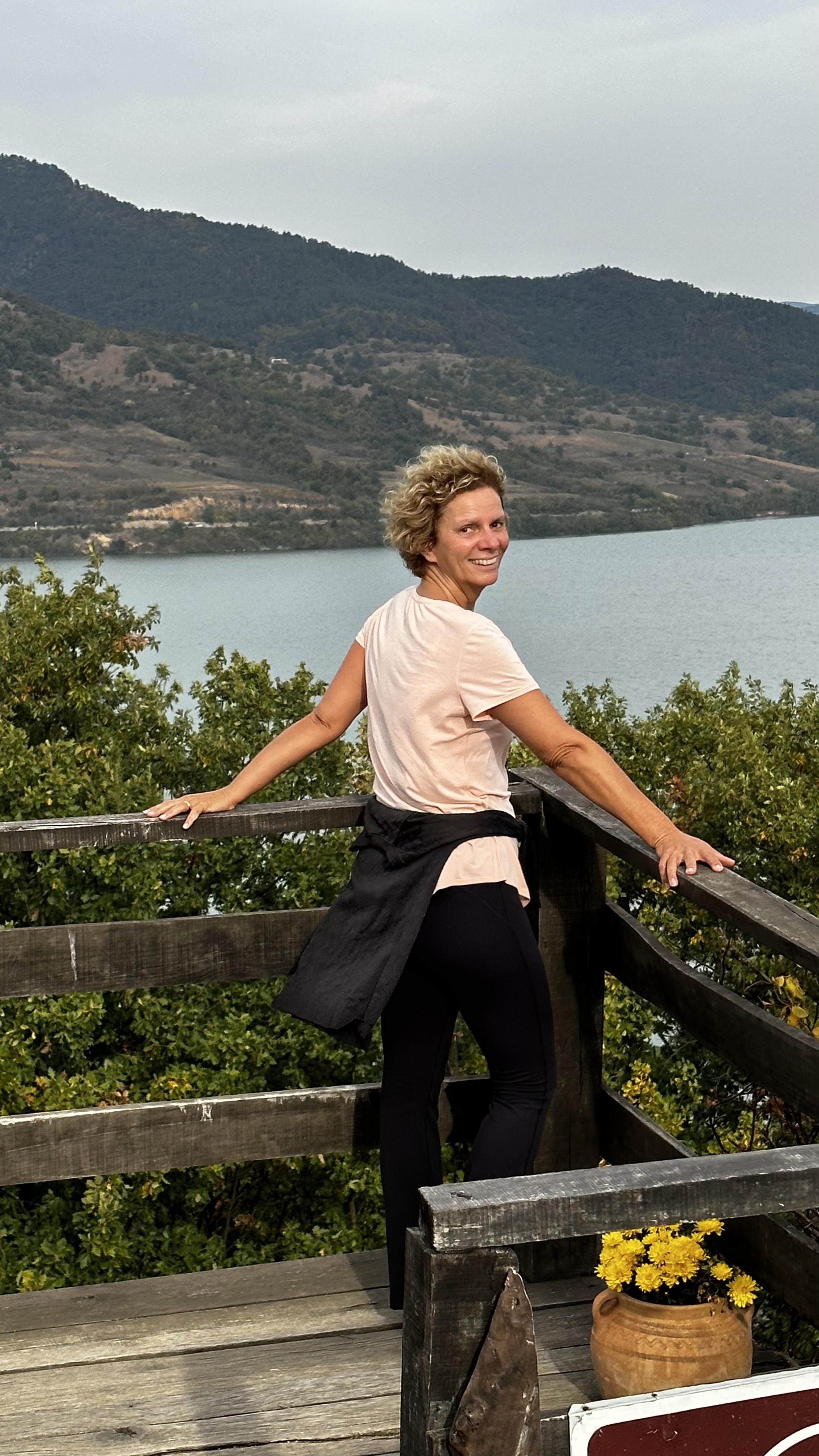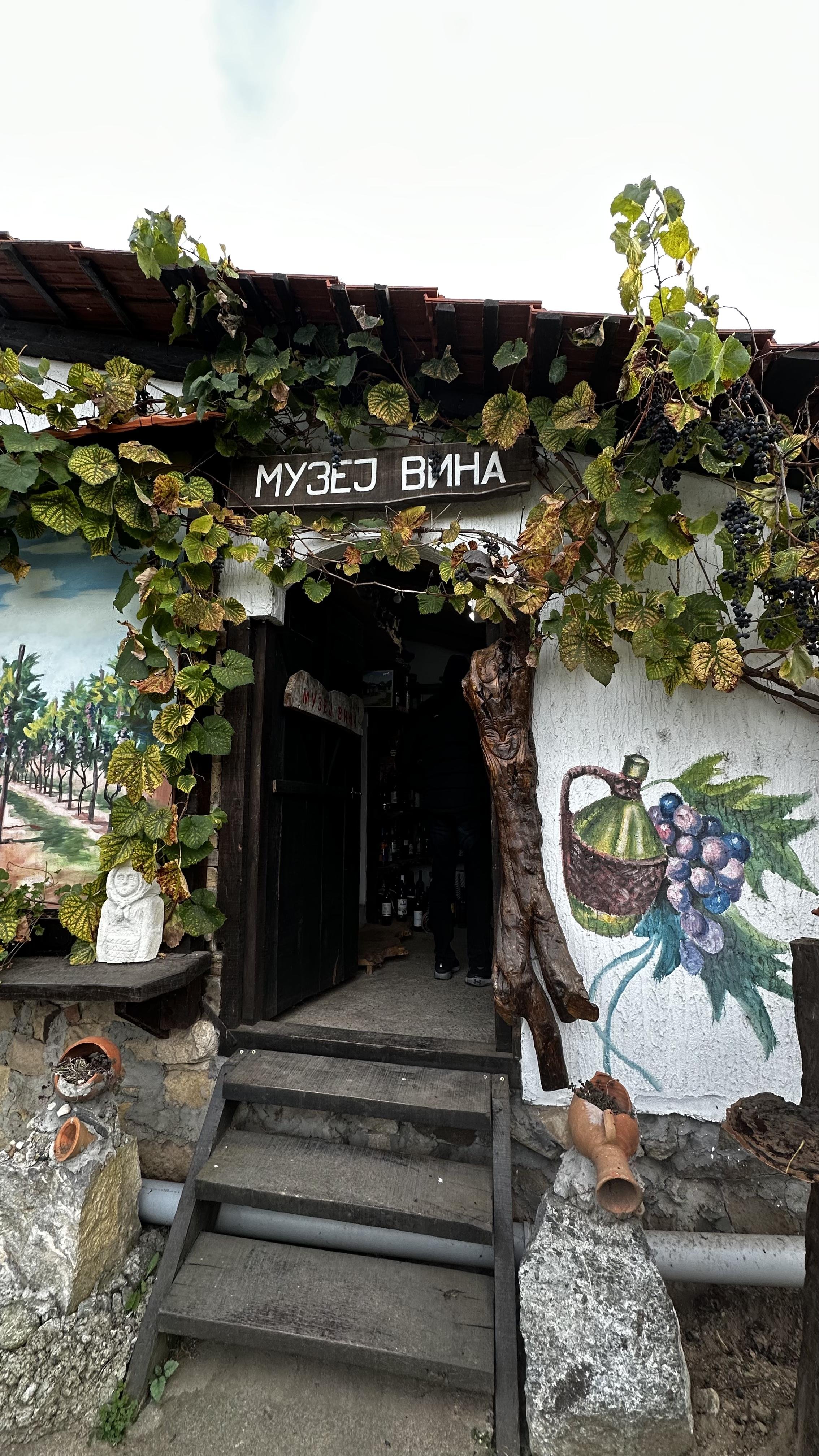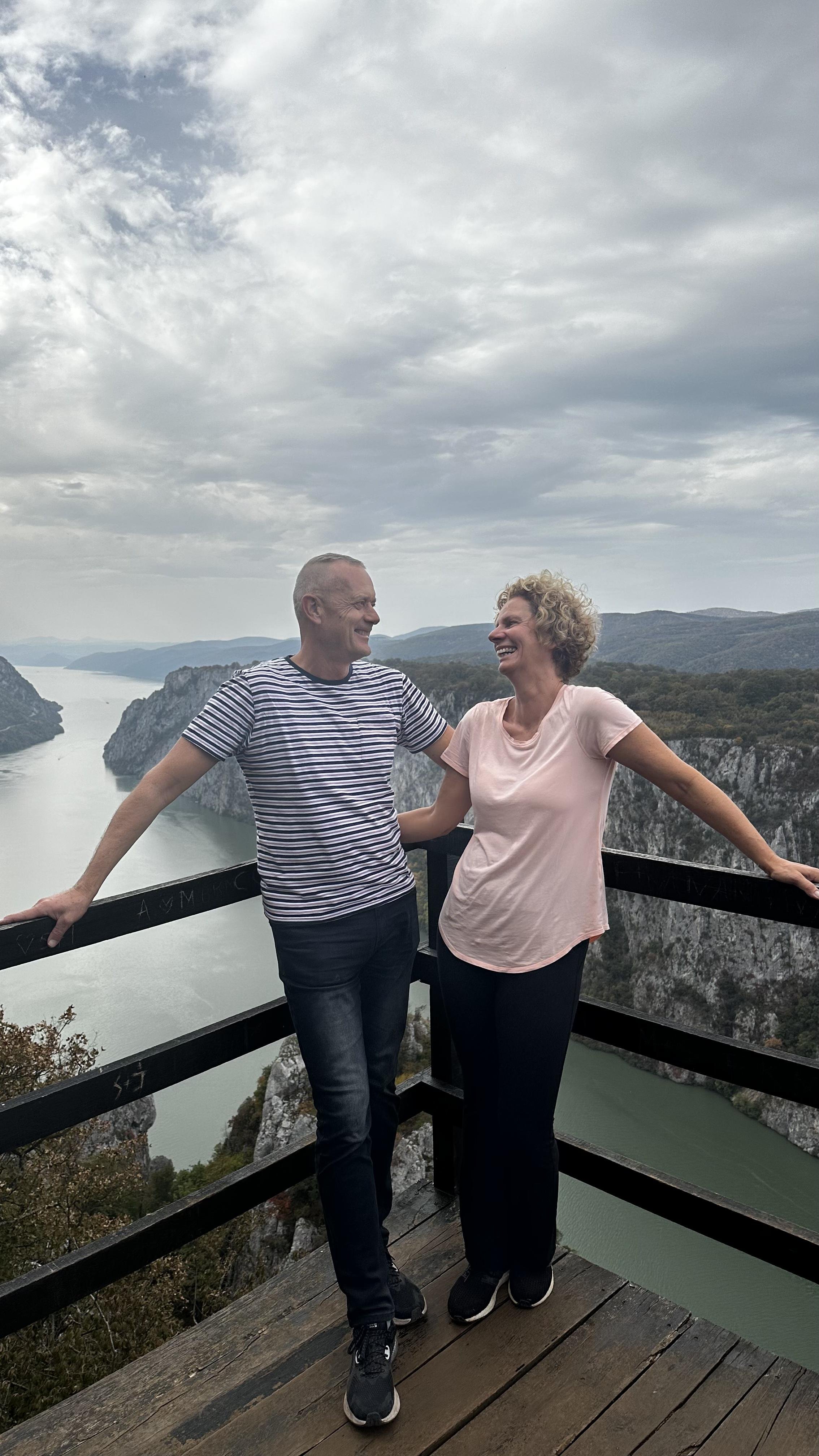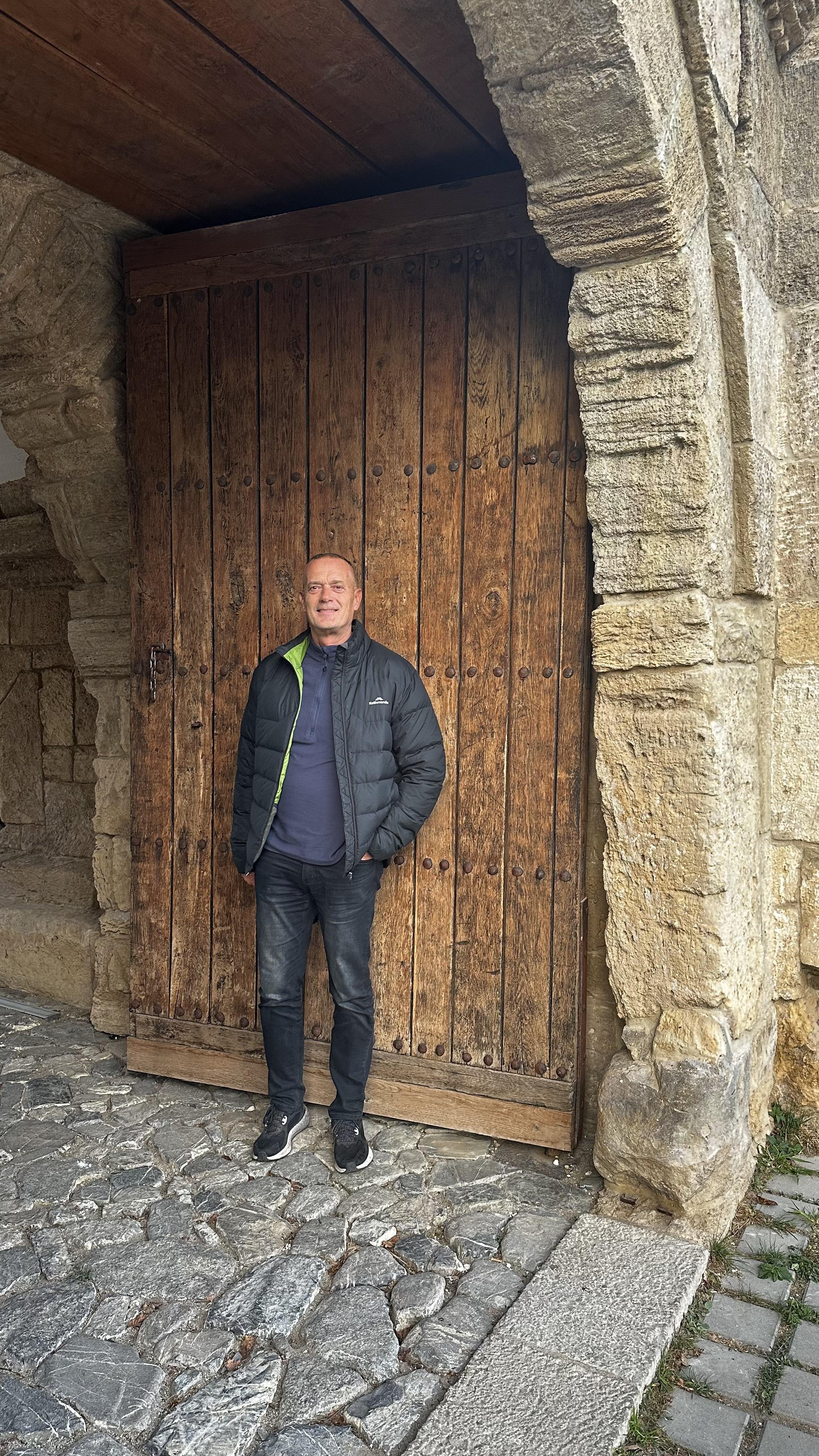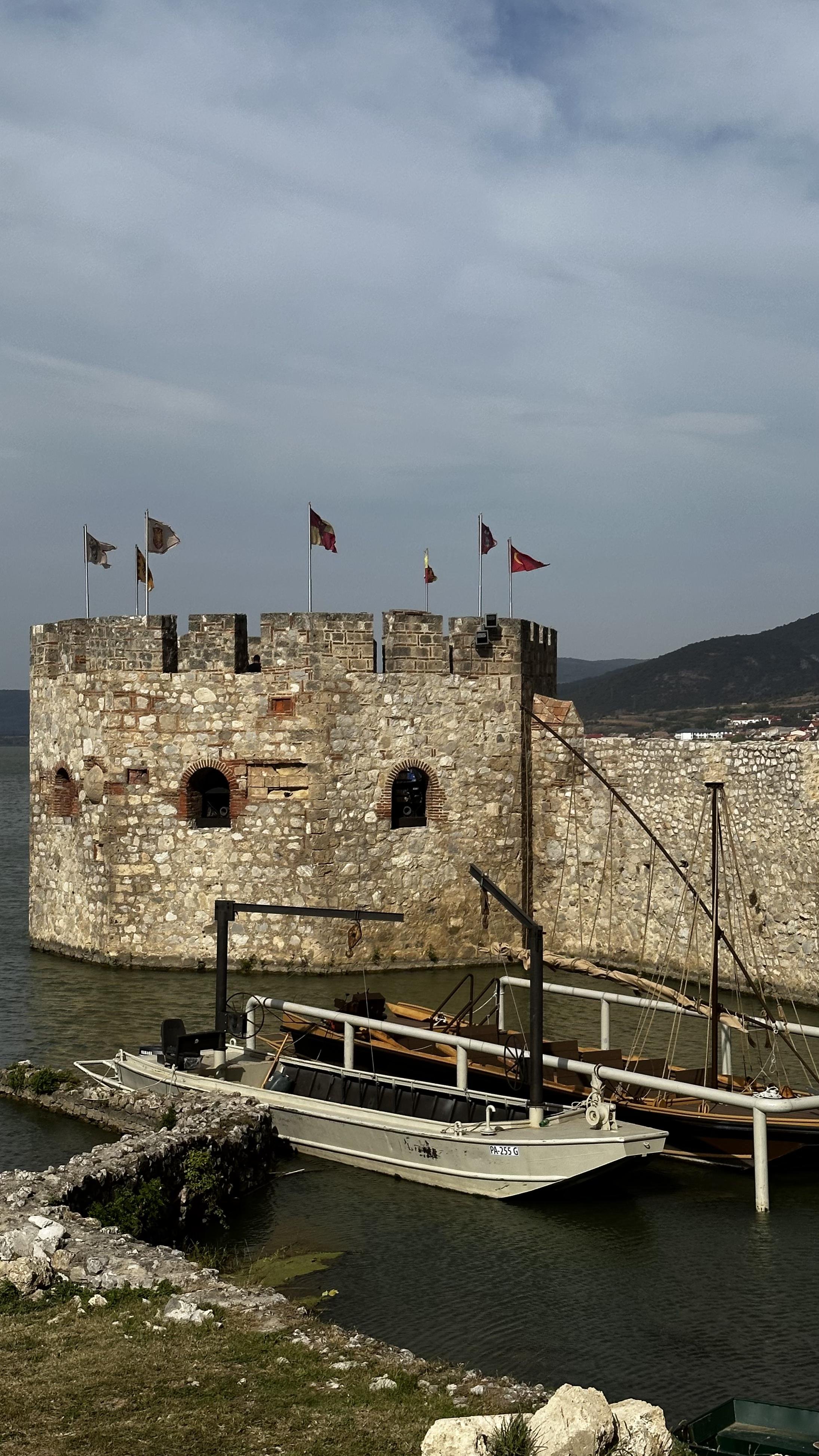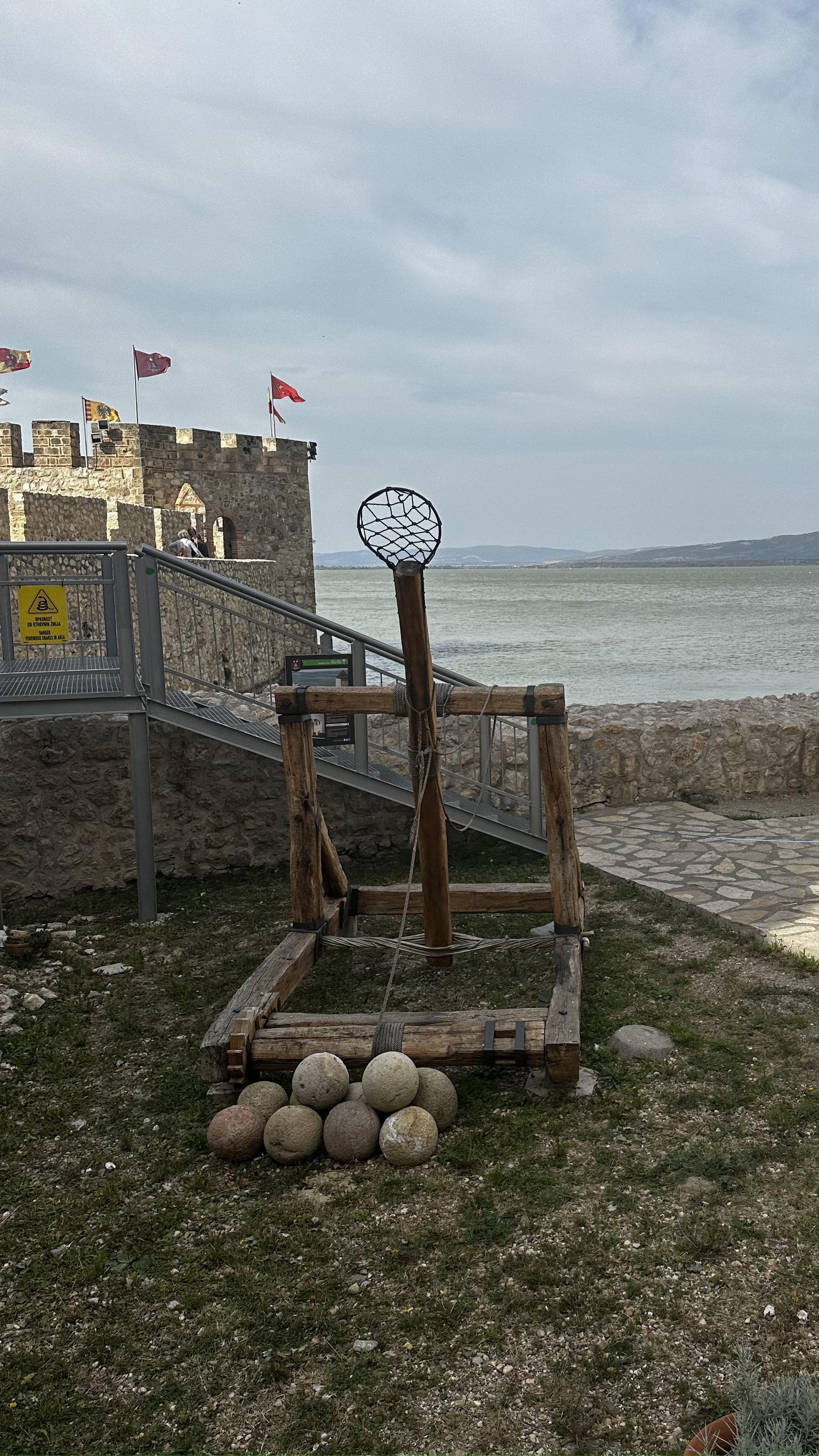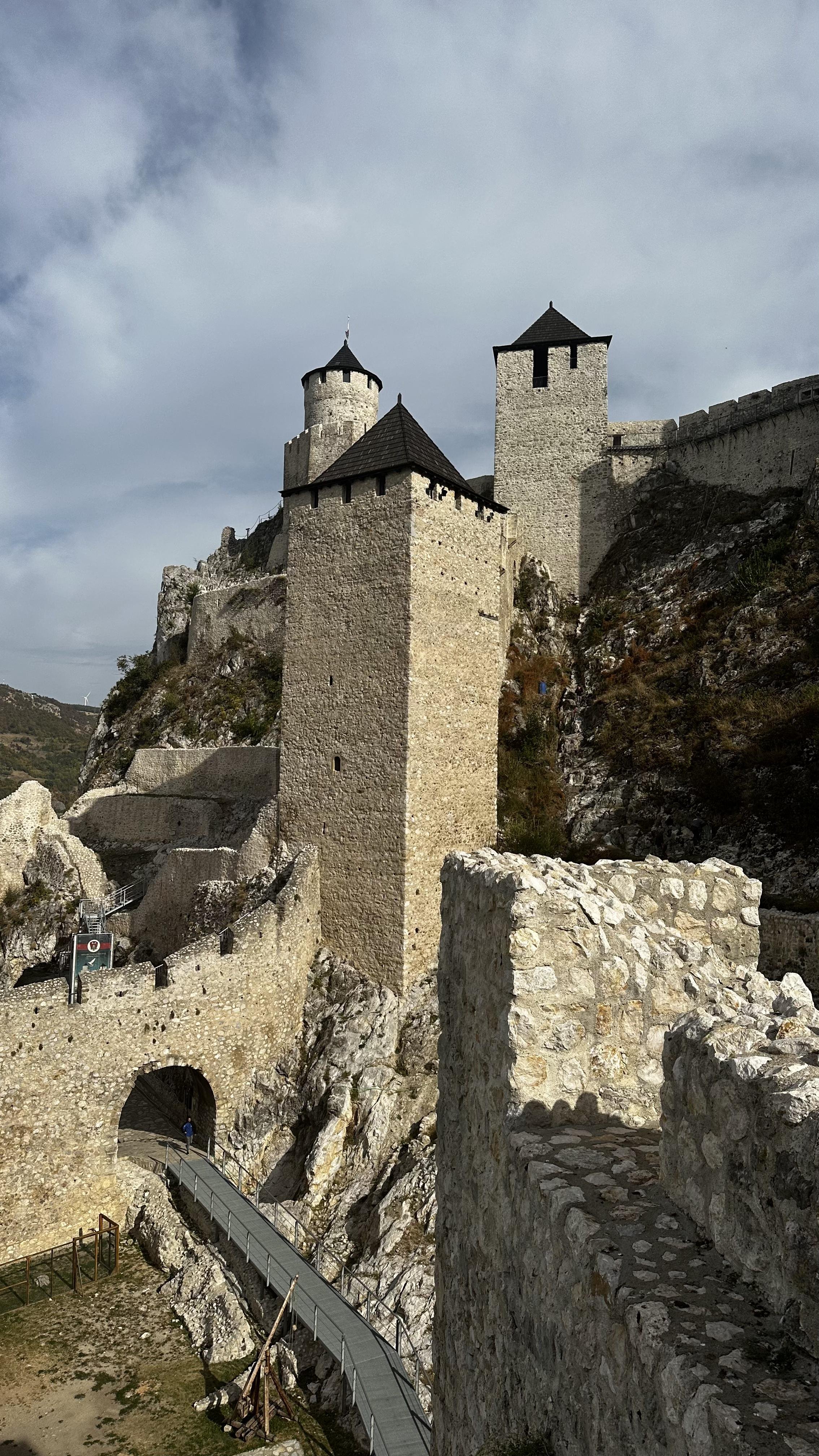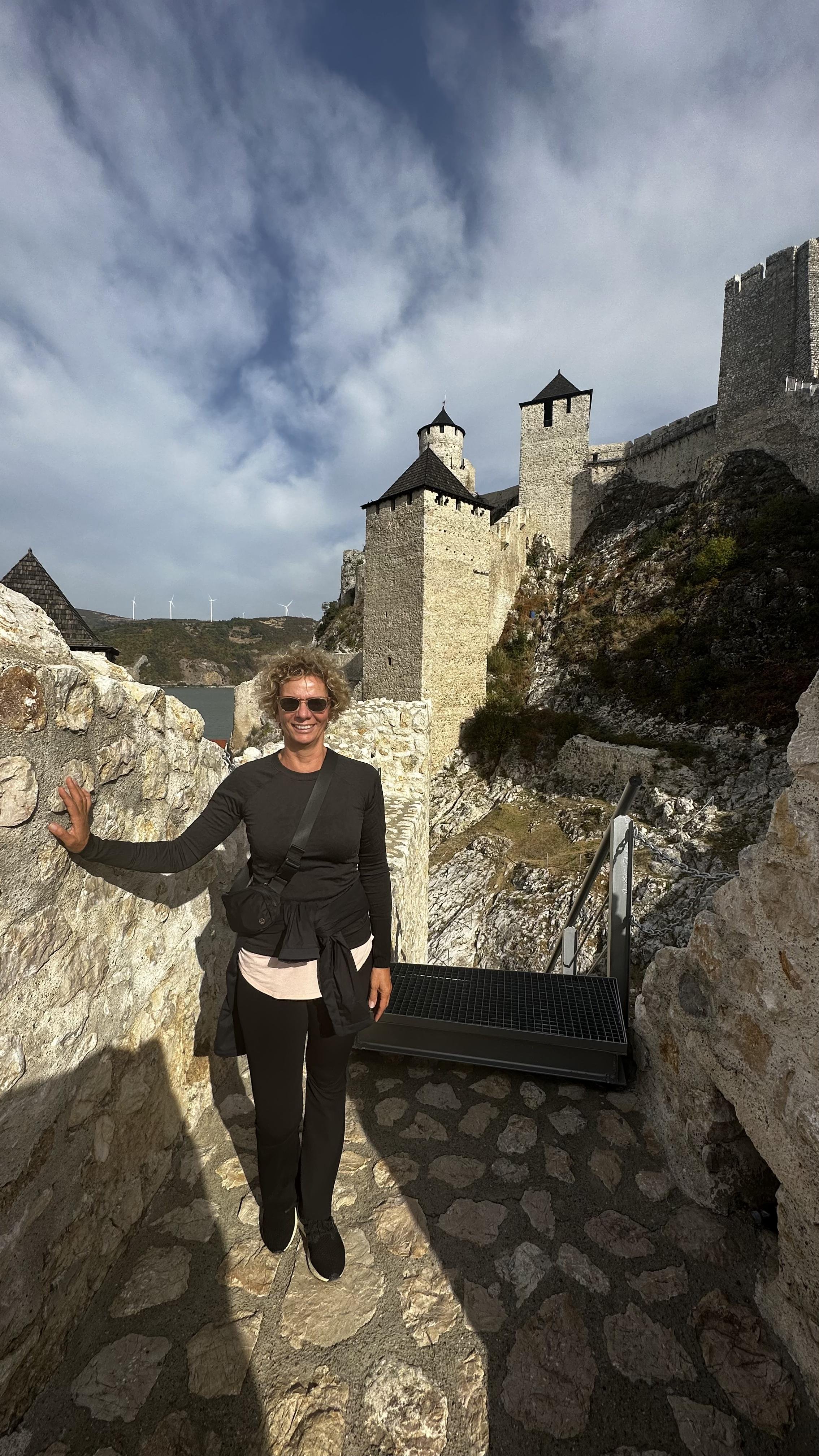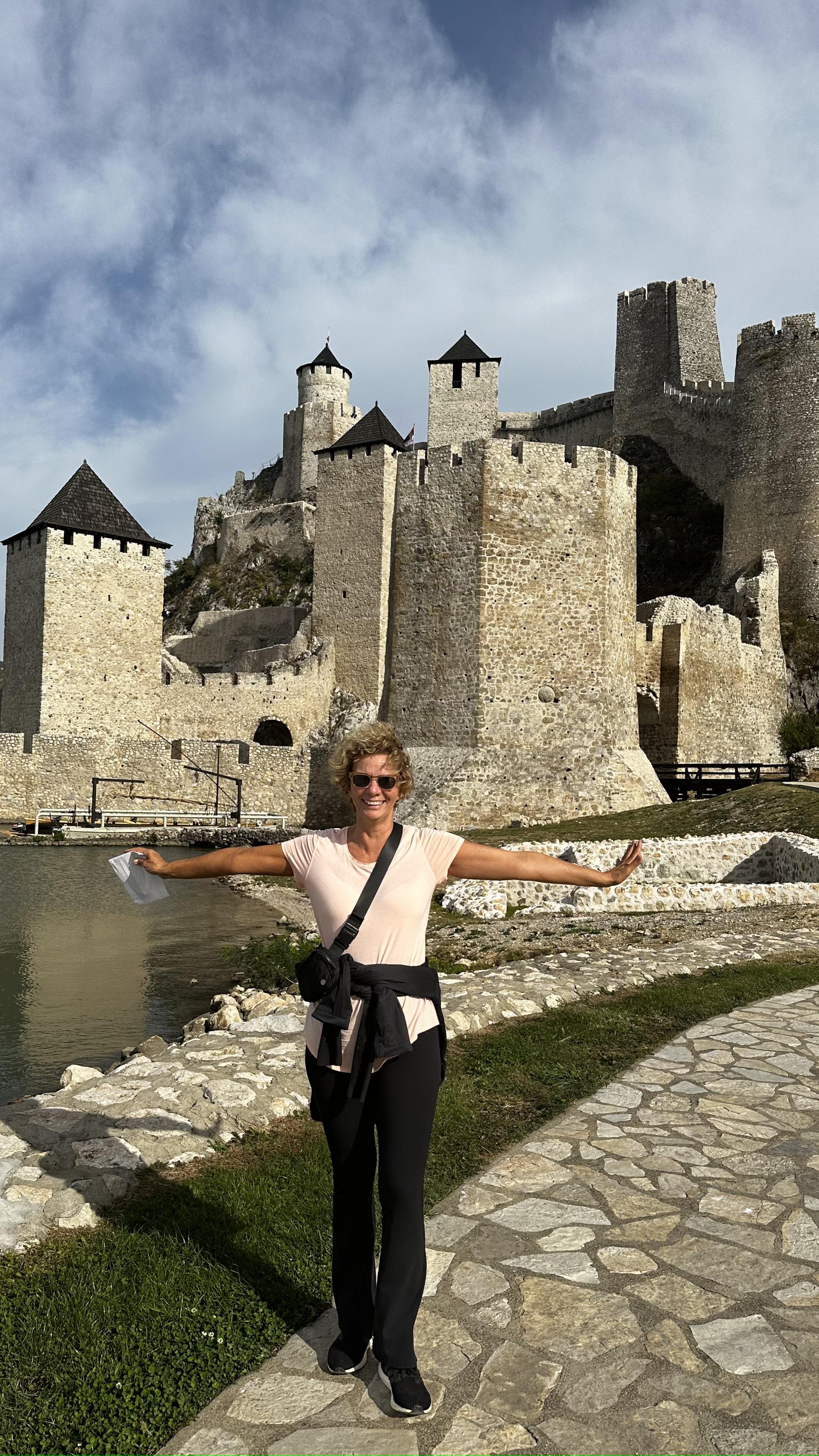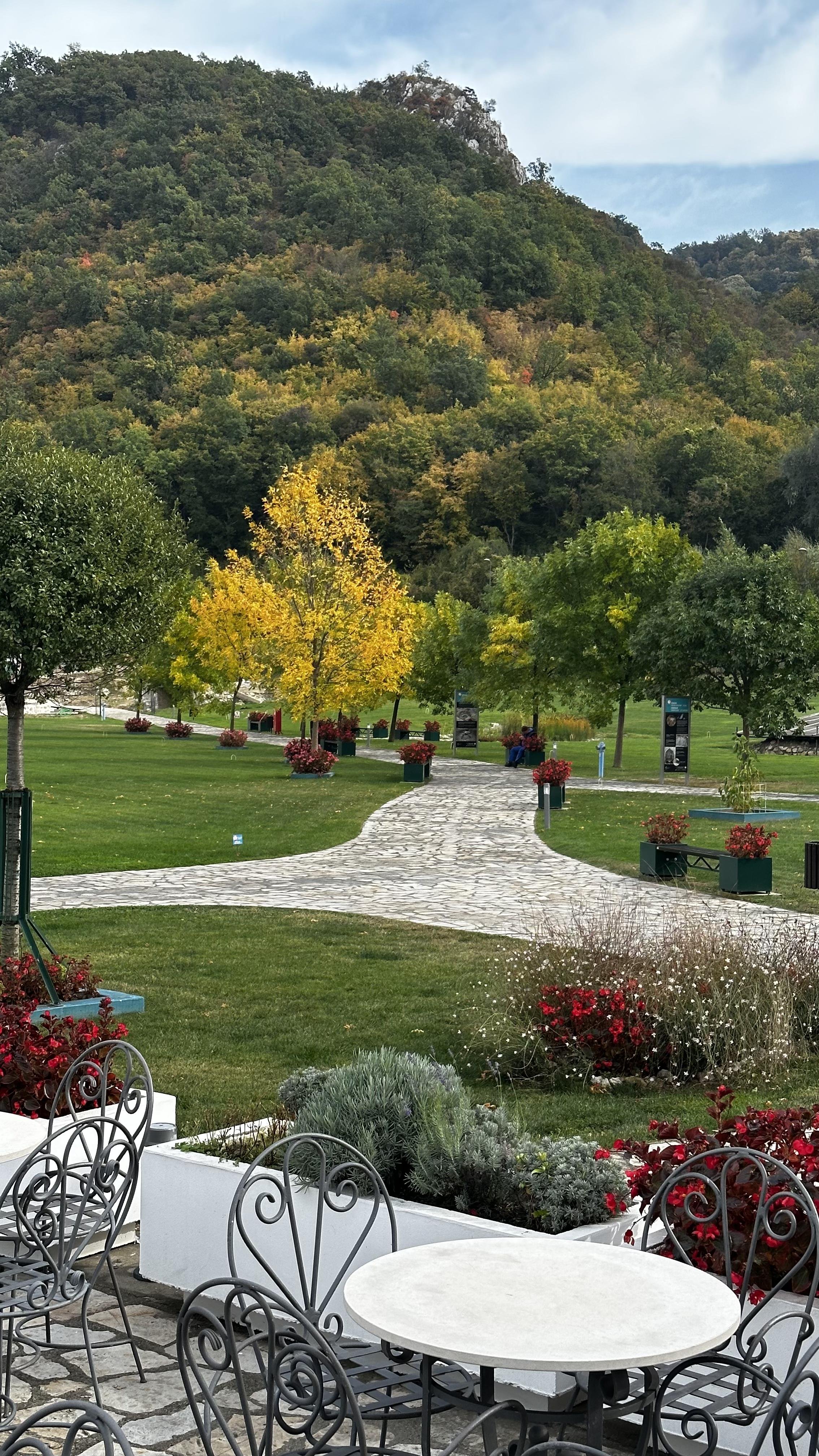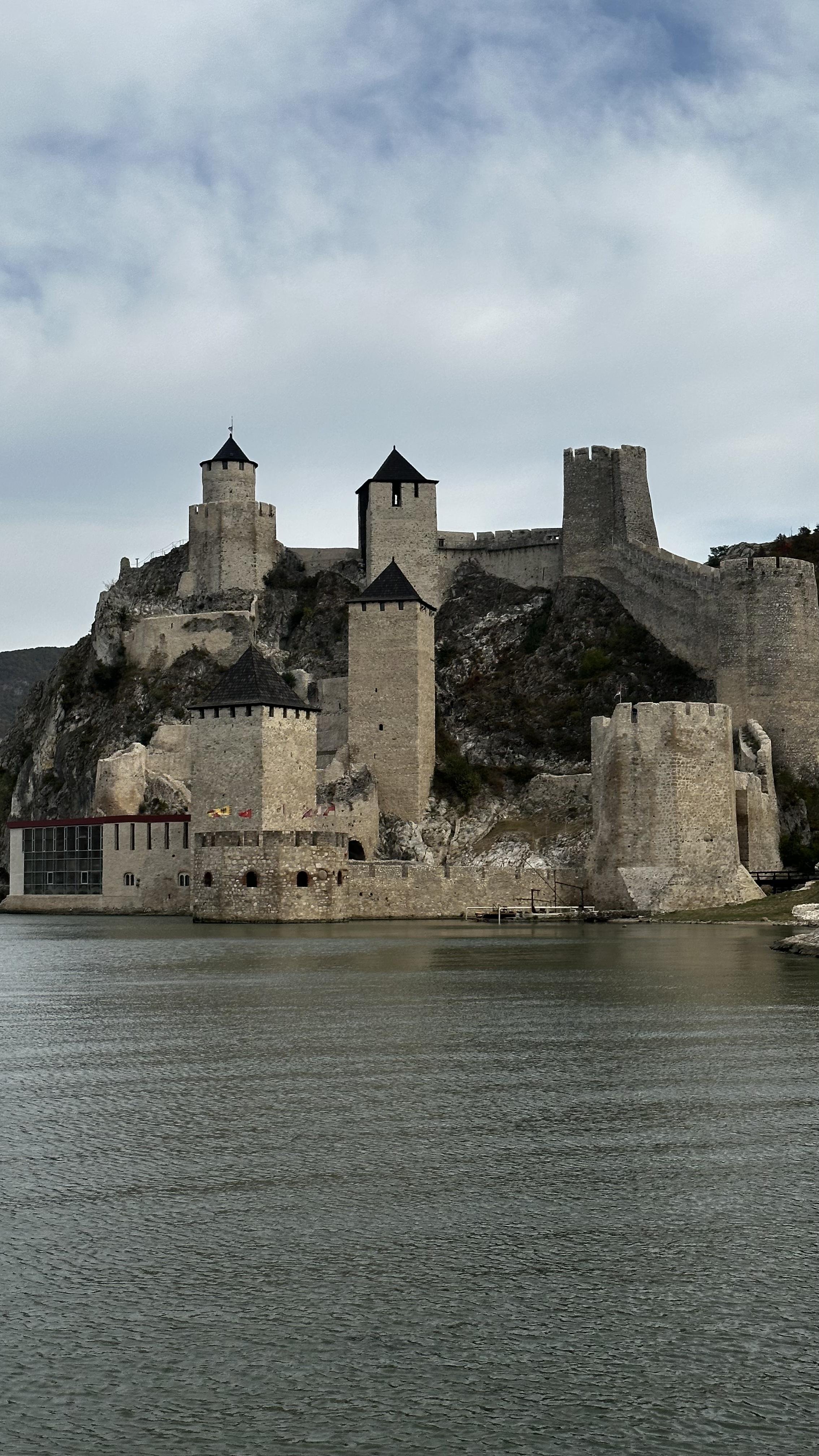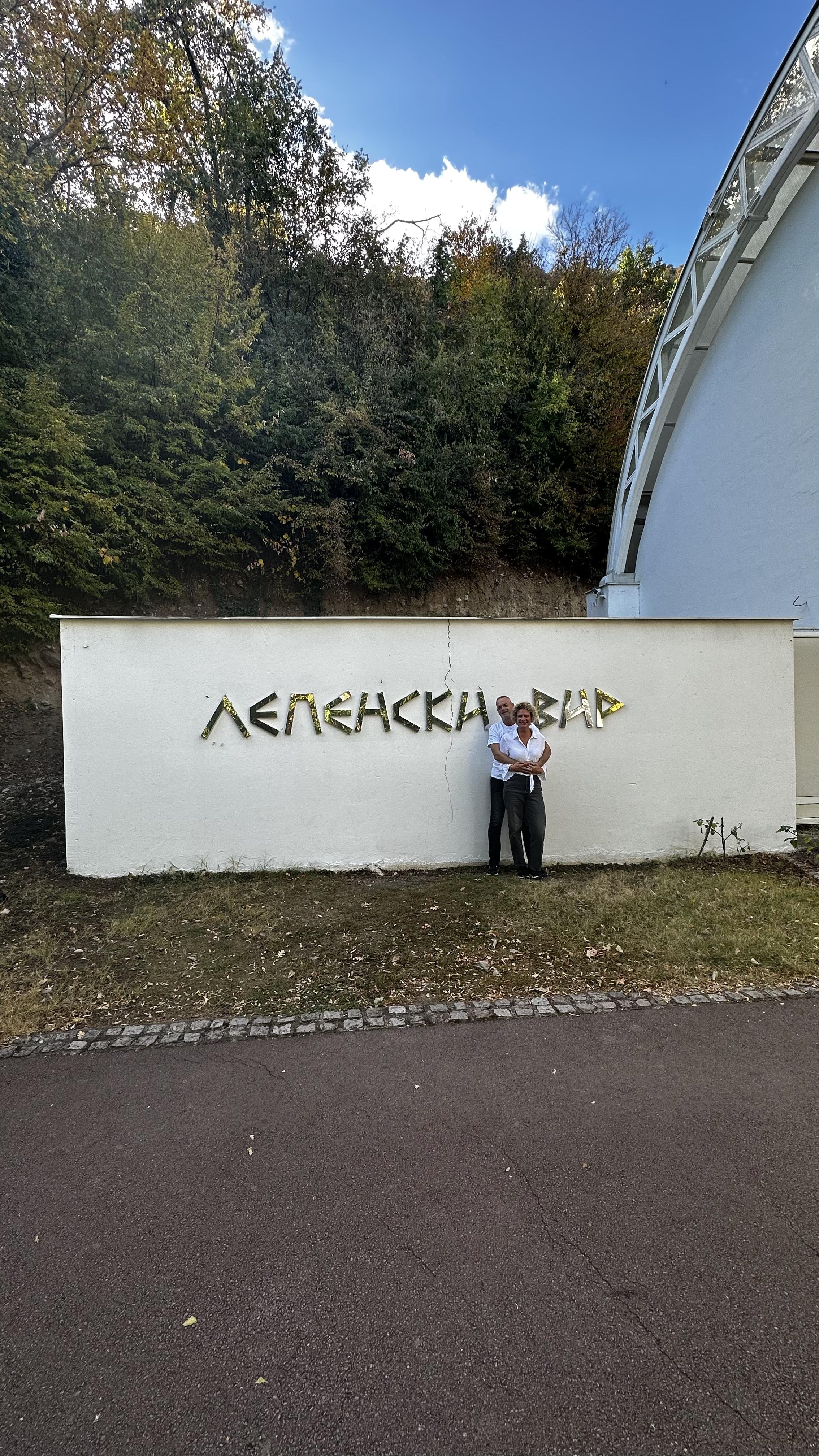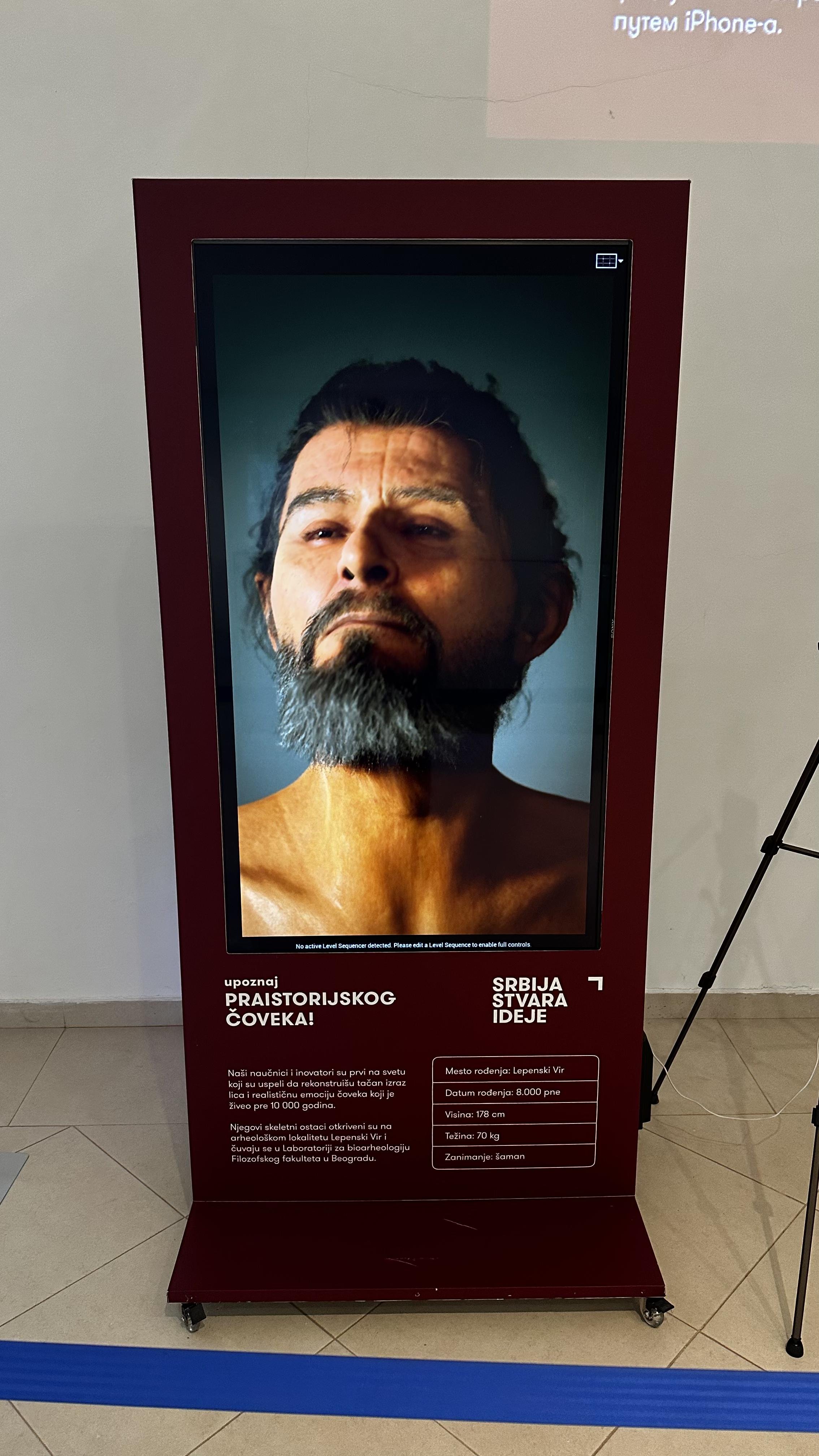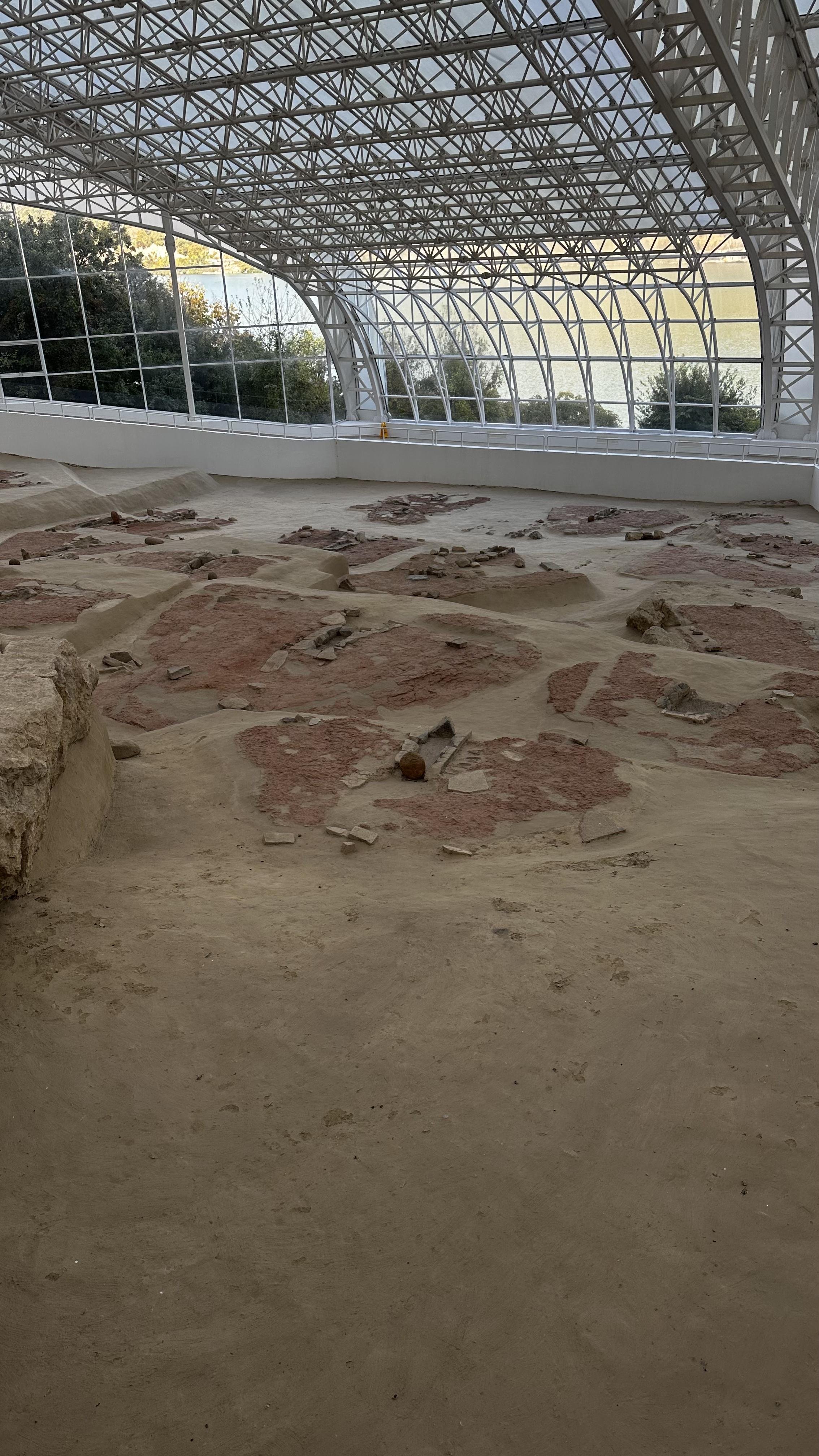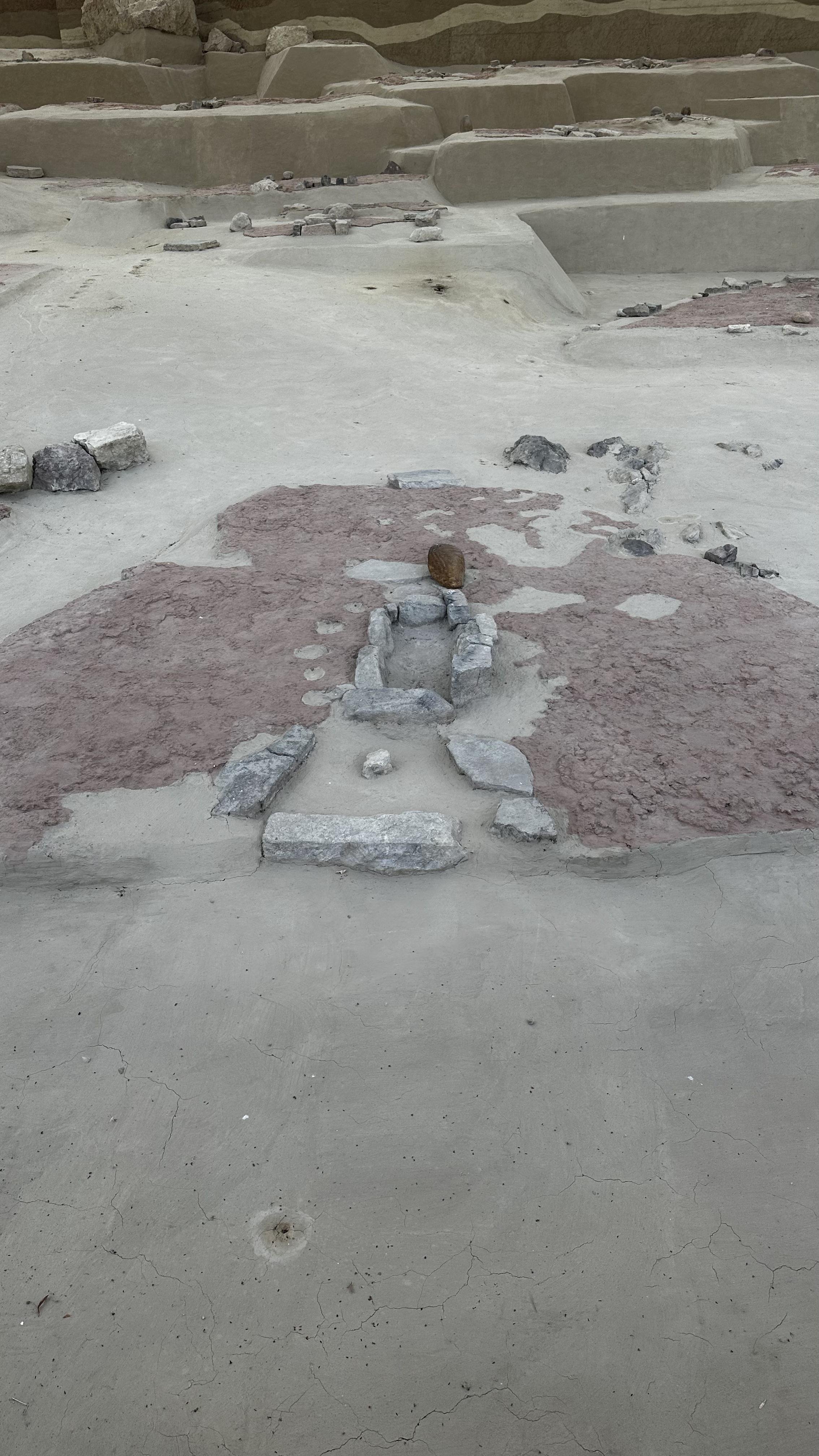Добро дошли у Србију! Welcome to Serbia!
Part 1 of 2
After our spontaneous trip to London we came back to Belgrade with a plan to spend a few weeks here with our family and friends and enjoy everything this metropolitan city has to offer and trust me there is a lot!
Let me give you a brief run down on the history of Serbia:
Serbia, officially the Republic of Serbia is a landlocked country in Southeast and Central Europe situated at the crossroads of the Pannonian Basin and the Balkans. It shares land borders with Hungary in the north, Romania to the northeast, Bulgaria to the southeast, North Macedonia to the south, Croatia and Bosnia and Herzegovina to the west, and Montenegro to the southwest. Serbia claims a border with Albania through the disputed territory of Kosovo.
Serbia has about 6.6 million inhabitants. Its capital Belgrade is also the largest city.
Serbia has a rich cultural heritage, here's a brief overview of its history:
1. Medieval Serbia: The region now known as Serbia was inhabited by various Slavic tribes in the early Middle Ages. In the 9th century, the Serbs established the Principality of Serbia, which later expanded under leaders like Stefan Nemanja.
2. The Serbian Empire: The 14th century saw the rise of the Serbian Empire under Emperor Stefan Dušan, which briefly became one of the most powerful states in Europe. However, it eventually succumbed to internal strife and the Ottoman Empire.
3. Ottoman Rule: Serbia fell under the Ottoman rule in the late 14th century and endured nearly four centuries of occupation, during which many Serbs converted to Islam.
4. Struggle for Independence: The 19th century brought a resurgence of Serbian nationalism and a series of uprisings against the Ottoman Empire. The First Serbian Uprising in 1804 and the Second Serbian Uprising in 1815 ultimately led to autonomy in 1830.
5. Kingdom of Serbia: In 1882, Serbia became a kingdom. World War I saw Serbia heavily impacted, with a quarter of the population wiped. After the war, it joined the Kingdom of Serbs, Croats, and Slovenes, later known as the First Yugoslavia.
6. Yugoslavia and Tito: Under the leadership of Josip Broz Tito, Yugoslavia was formed as a communist federation after World War II. Serbia was a significant part of this union.
7. Yugoslav Dissolution: The 1990s witnessed the violent breakup of Yugoslavia.
8. The Kosovo Issue: The 1999 NATO bombing campaign led to the withdrawal of Yugoslav forces from Kosovo, which later declared independence in 2008. Serbia today still does not recognize Kosovo's sovereignty.
9. Modern Serbia: Since the 2000 overthrow of Slobodan Milošević, Serbia has undergone political and economic changes, striving for European integration. It formally applied for EU membership in 2009.
This is as short as it gets! I could elaborate each of the nine chapters but it will be too long and too much.
Serbian history is rich, conflicting, complex and often not well understood. I know there are many biases about Serbia formed under the powerful influence of the western media.
I am not a politician, I am not a historian and I certainly do not like politics, but I will say this - in order to understand more recent history of Serbia (90’s - 2000’s) it is most important to go back in time and understand all historical events that arose over the centuries prior. And then read more and from different sources to form an opinion, while being curious and non judgemental.
Apart from its rich history, Serbia has a diversified culture and beautiful landscapes. From famous medieval monasteries and fortresses, to exquisite traditional food and hospitality, iconic personalisties and bustling festivals, to a peculiar mix of architectural styles in the cities and ancient landmarks that dot the countryside there is something for everyone and is why we love visting Serbia.
Growing up, both Neb and I would go to Serbia and have continued visiting Belgrade and its surroundings over the years. This time, we wanted to visit areas where we haven’t been before and picked eastern Serbia to explore.
So, a little on what we’ve been up to:
We based ourselves in Belgrade, suburb Vračar where our Kiwi friends have a beautiful apartment. They left to go back to NZ and again thanks to generosity and kindness of our friends we have had a great accommodation in the old city center! Perfect 👍
Our close relatives who live in Belgrade have simply been amazing and looked after us each and every day! They have planned a weekend away and have shouted us with a number of theatre performances and concerts during our stay! So so cool, hvala (thank you).
We have also had “pozorištijada” ( self-coned word that means we attended a large number of theatre shows) and we’ve loved the busyness, active social and cultural life that Belgrade has on offer! A true metropolis, that has something for everyone 🤗!
Over the weekend we headed East with our family and visited the following:
Tumane Monastery
This is a 14th-century Orthodox monastery in eastern Serbia in the municipality of Golubac. The church is dedicated to the Saint Archangel Gabriel.
As of 2018, the monastery has six monks and one nun. Because of the several historical healers who dwelled in the monastery, Tumane has been called "Ostrog of the Đerdap”. Both Ostrog Monastery in Montenegro and Tumane in Serbia are known for their healing powers, and are visited by people from all over the world.
I felt so calm, it’s a beautiful and peaceful place where spirituality is strongly felt.
Đerdap National Park
Đerdap also known as the Iron Gates is a gorge on the Danube River, located between Serbia and Romania. It's a natural wonder and a popular tourist destination known for its stunning cliffs and rock formations. The Đerdap National Park covers a significant part of this area and offers opportunities for outdoor activities, including hiking, boating, and exploring the rich history of the region.
Đerdap is also the name of the biggest hydroelectric power plant in Europe, the seventh largest in the world! The original plant was finished in 1972, with additional power plants built between 1977-84.
Golubac Fortress
This fortress is amazing, photos look like postcards, and the history of this place is incredible!
Golubac Fortress has had a tumultuous history. Prior to its construction it was the site of a Roman settlement, a medieval fortified town. According to recent discoveries, the fortress, which was built during the 14th century by Medieval Serbian state, is split into three compounds which were built in stages. It has 9 towers, most of which started square, and several of which received many-sided reinforcements with the advent of firearms. Towers were not connected for easier defense.
During the Middle Ages, it became the object of many battles, especially between the Ottoman Empire and the Kingdom of Hungary. It changed hands repeatedly, passing between Turks, Bulgarians, Hungarians, and Austrians, until 1867, when it was turned over to the Serbian Knez Mihailo Obrenović III. The fortress has a distinction of successfully repelling over 120 attacks, and no one ever being able to conquer it!
The Golubac Fortress was declared a Monument of Culture of Exceptional Importance in 1979, and it is protected by the Republic of Serbia.
It underwent a full reconstruction between 2014-2019, and has had over 700,000 visitors since then. It has become a popular tourist attraction in the region and a sightseeing point on Danube boat tours.
A few fun facts:
At Golubac Fortress area, Danube is 6km wide, it’s the river’s widest part, but 70km away is the river’s narrowest part of only 138m. Danube is deepest at the most narrow part, with a depth of 98m!
Across the water is Romania, with a border running in the middle of Danube river. My iPhone was so lost, and so was I! One minute Globatech Serbia welcomed me to Serbia, the next minute I received a welcome text from Romanian Telcos provider!
The time also changed multiple times during a day, with Romania being an hour ahead of Serbia. It was so funny, I was so confused about the actual time!
We finished the day with an amazing dinner at the Kapetan Mišin Breg (Captain Mišin Hill) restaurant.
Captain Mišin Hill is a complex built in honor of the life and work of Captain Mihailo Miša Anastasijević. He was born in the 19th century near the complex. Captain Miša was one of the wealthiest individuals of his time and, most importantly, a great philanthropist. He is also known as the first elected president of the National Assembly.
As we arrived, we were enchanted by the incredible view that "bursts" from the complex's viewpoint. We felt like we’re holding the entire Đerdap in the palm of our hand. Additionally, within the complex, there is an open-air gallery called "Man, Tree, and Water." On 700 square meters land, we saw an incredible collection of wooden and stone figures. The collection is the work of the hands of the author Živorad Stefanović, known as “Bosonogi” ( Barefoot man).
Since 2013, a wine museum has also been opened within the complex. In the museum, there is a large collection of the finest domestic and international wines.
The hosts have taken care of ensuring complete delight at Captain Mišin Hill with their gastronomic offerings. We enjoyed traditional home cooked specialties such as homemade bread, homemade cheese, fried nettle, lamb roast, and more. In combination with good homemade wine or a glass of medovača ( honey grappa), the culinary offer made this an absolutely unforgettable experience.
I can’t recommend enough this place, and the owners are incredibly friendly and chatty, we felt as we have known them for years. Bosonogi is such a cool guy who served in the army during Tito’s time and loves storytelling, so entertaining to listen to!
And funnily enough there was a bus full of retirees from Split visiting the site at the same time. To my total surprise one of the gents came along to ask where I lived in Split, because he recognised me as I haven’t changed a tiny bit in 30+ years!
Ha ha, if only this was true, nevertheless he was super excited to see me😂, while I had no clue who he was!
We stayed in Kladovo for two nights in a beautiful accommodation, and carried on the next day with a long hike to the viewpoint Ploče, and then an interesting cruise trip along the river Danube.
Viewpoint Ploče is one of the most beautiful gems of eastern Serbia. It is located beneath the highest peak of the Miroč mountain, at an altitude of 355 meters. This viewpoint is situated above the Mali Kazan gorge and belongs to the Đerdap National Park.
From the Ploče viewpoint, we enjoyed a unique and divine view of the Danube River and the Kazan gorges - Mali Kazan and Veliki Kazan.
• Mali Kazan - The bed of Mali Kazan is the part of the Đerdap Gorge, where the Danube's bed is the narrowest.
• Veliki Kazan - The bed of Veliki Kazan is the widest part, with steep, almost vertical sides reaching 300 meters in height. This gorge is known for numerous whirlpools, some as deep as 70 meters.
Danube boat cruise was fun! Our guide / driver was great! He asked us if we wanted to wear lifejackets, and as he asked the question he answered it by saying, surely not, and off we went!
He told us a number of facts as we cruised along, whilst smoking cigarettes one after the other, feeling so chilled and relaxed, but commanding attention! There was no mucking around with this fellow!
A few fun facts we learnt from our guide Dule:
Miroč mountain is 750m above sea level.
Original roads are now under the water due to the Đerdap hydro plant.
The length of a river is measured from its end to its beginning.
The boat that goes down the river always has the right of the way. They used signal points to determine the right of way. If the red ball was up it meant the boat was coming down, so up the water boat had to wait.
Ponikova cave has the biggest number of bats varieties in Europe, we went in to the cave with a boat and literally entered Romania for a few minutes!
8000 years ago, the oldest organised civilisation was found here, more on this later!
41 villages were covered in water when the hydro power plant was built, people were relocated to new houses at different sites.
The origin of the word kazan ( kettle ) comes from the fact that there are many underwater rocks, some 50m high that create a turbulence and it looks like water boiling in a kettle.
The origin of the word Đerdap comes from the Persian language which means Kazan, and Turks maintained it during their rule, and it’s still the official name.
The local priest owns 8 boats and a few restaurants, all on the Romanian side and loves his jet ski. We even saw him racing next to us! Such an unusual thing to see!
The last Dacian king Decebal fought against Romans. Roman’s won and wanted to take him to Rome for execution, but he committed suicide and his 30 soldiers drank poison just so they don’t surrender to the Romans. In memory of his work and good deeds done for his nation many years later his statute was carved in the stone by 12 people who worked on it for 10 years. Dimensions are 55mx30m, his nose is 7m long, it is the largest statute carved in natural stone in Europe! Check out the photos, looks amazing!
Trajan's Plaque is a Latin inscription on a rock above the Đerdap Gorge, dedicated to the Roman Emperor Trajan, and it’s 1900 years old.
In 105 when Romans finished the road from Golubac they built the plaque to mark the end of the road. They built the road to get access to Romania to steal and take all the wealth. It took them 4 years from 101-105 to build the road and the bridge. For 1000 years Trojan bridge was the longest bridge in Europe. This is the only table left out of 11 in this area, a significant monument of history, wisdom, ability to build and create impossible.
Centuries later, when Đerdap Plant was built, it took the engineers three years, from 1965-1968 to take it up so that it doesn’t get covered by the water. They had to lift it by 27m, and this thing weighs 300 tons! They managed to cut it out and lift it up in one piece with two small cracks that had to be strengthen to preserve its authenticity! Incredible efforts.
And another amazing, eventful day finished with another culinary experience - butkica / roasted pork butt served with lepinja / type of bread, in one of the Kladovo Krčma / Pub with live music and dance till the early morning hours. What a day!!!
On our way back to Belgrade the next day we stopped by Lepenski Vir. Yet another location rich in history with archeological excavations and discoveries that have changed the world’s official understanding as to who were the first organised human settlements in Europe!
Let me tell you this amazing story!
Lepenski Vir is a Mesolithic and Neolithic archaeological site on the right bank of the Danube River in the Đerdap Gorge. The first archaeological excavations were conducted in 1965. The most significant excavations took place in 1967 when Mesolithic sculptures were discovered.
Lepenski Vir represents the remains of the oldest settled community in Europe. The first organized human settlement in the open was located in Đerdap, founded over 8000 years ago. Yes, 8000 years ago!!!
The peaceful "Lepen" fishermen carefully chose this location and developed a culture that lasted for a continuous two thousand years, from 6500 to 4500 BCE. During their time here there were no traces of any violence, other tribes were welcomed and all were buried in the same direction next to one another.
The discovery of the Lepenski Vir site occurred during extensive research in Đerdap carried out for the construction of the Đerdap hydroelectric power plant. After the excavation was completed, the site was relocated to its current location to protect it from submersion caused by the damming of the Danube. In 2011, a new visitor center was opened, preserving the remnants of the culture that astonished the world upon its discovery. People from all over the world come here to witness this amazing history, predominately from the States!
After an amazing weekend away, we arrived safely home full of great memories, cool stories, photos to die for, and heaps of joy.
Since our road trip to eastern Serbia, we’ve spent a couple more weeks in Belgrade, and went on another spontaneous trip, but more on this in my next blog👍
Tumane Monastery Photo Album





Đerdap Photo Album









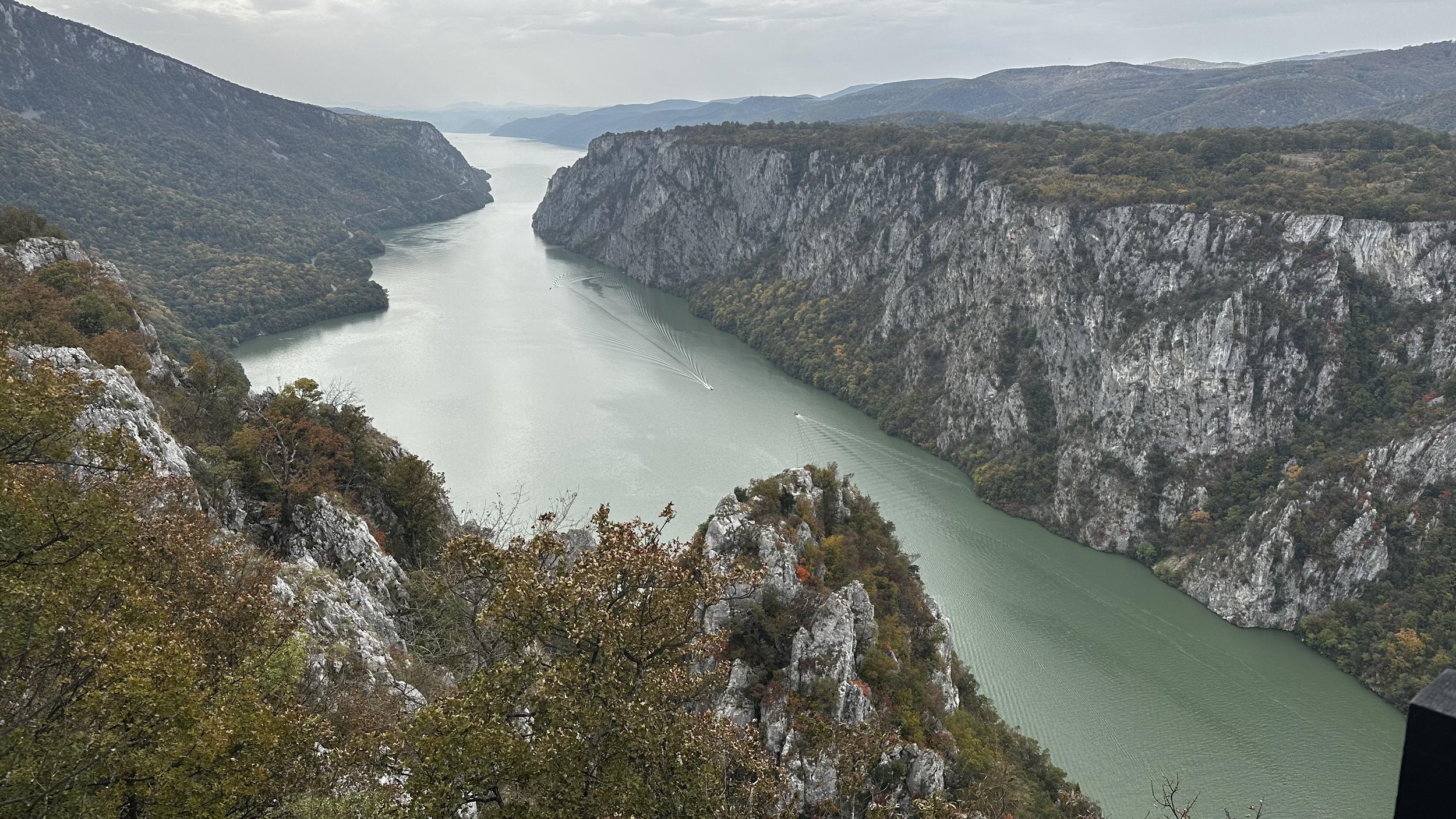


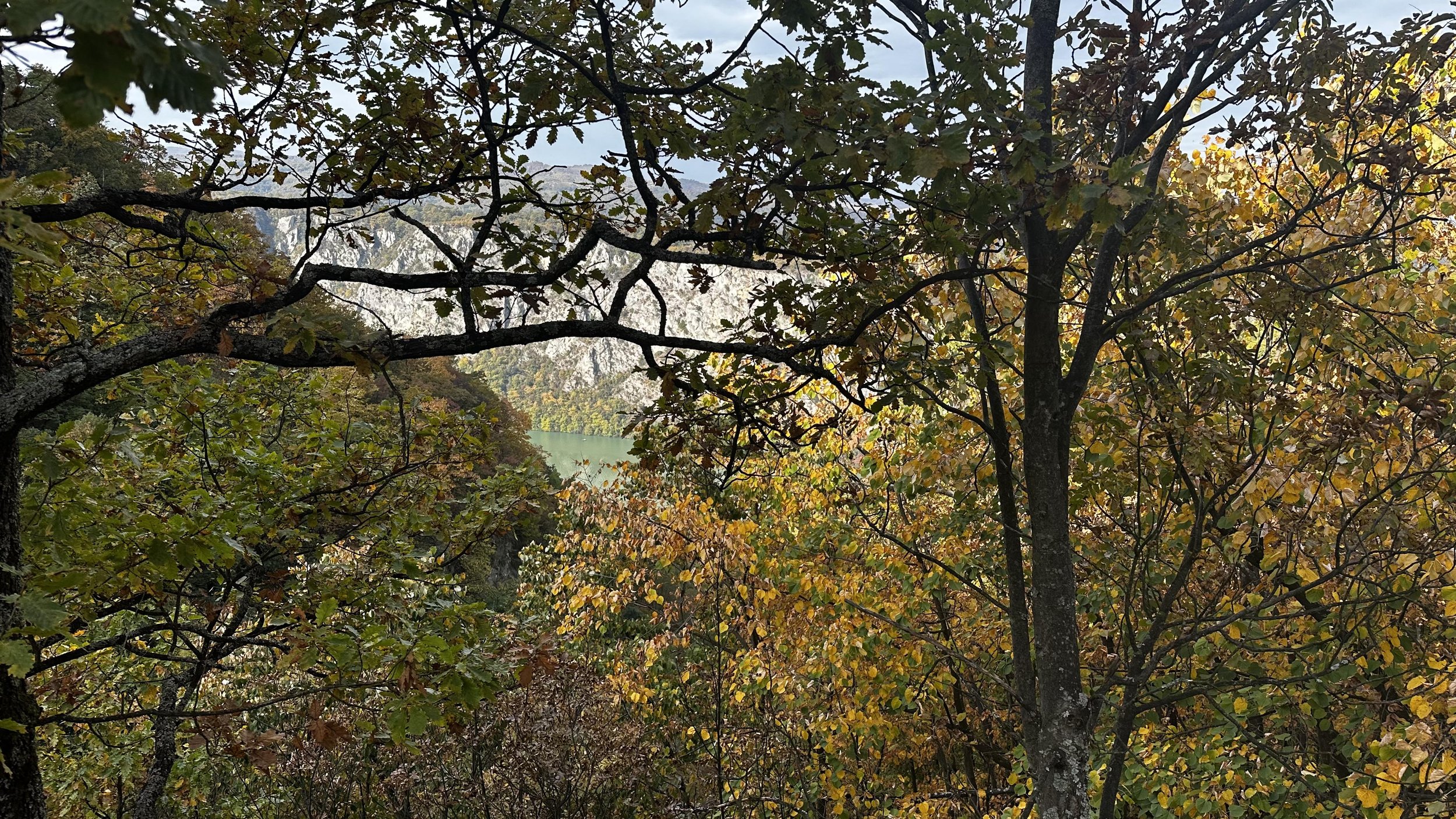

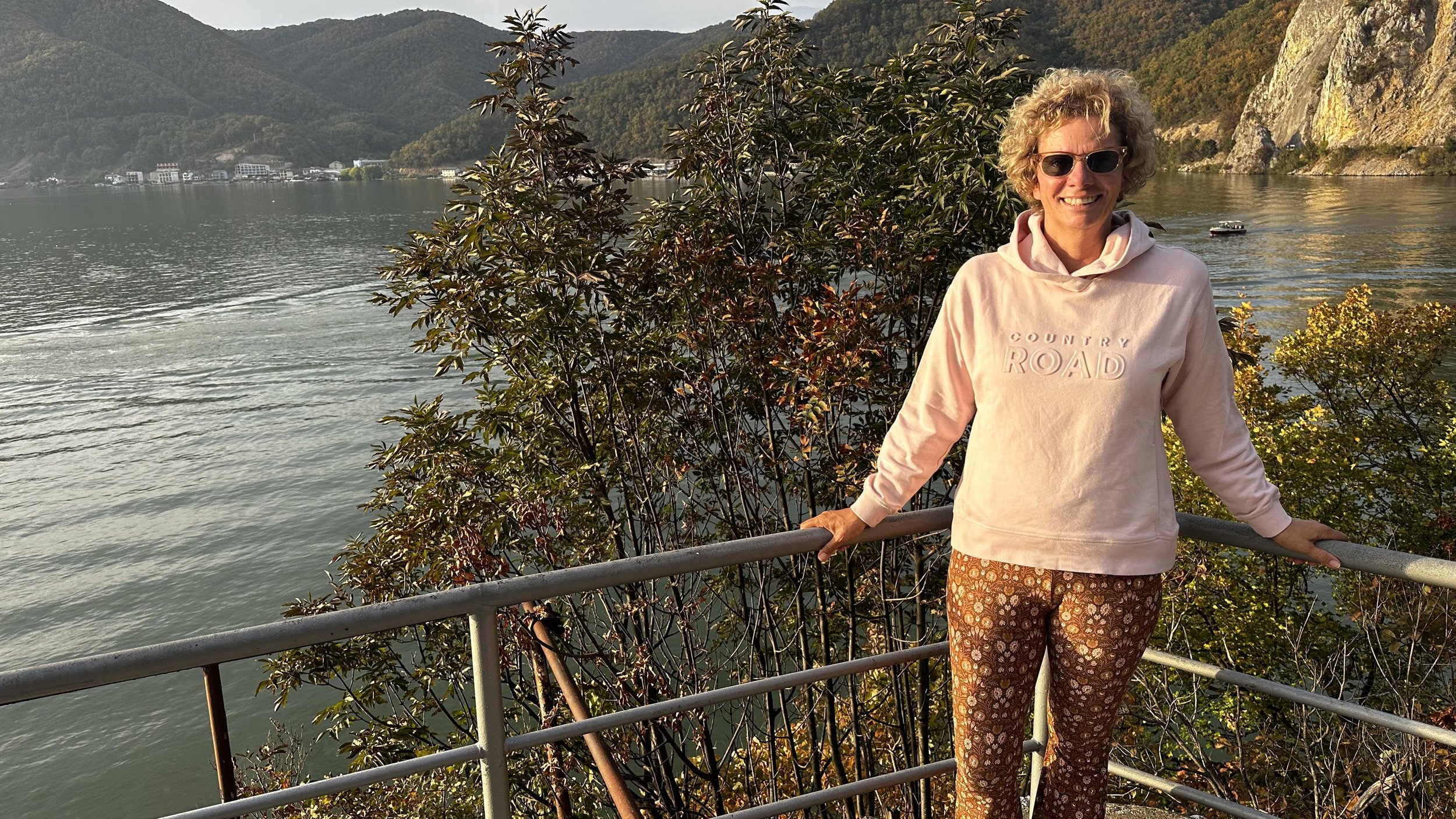






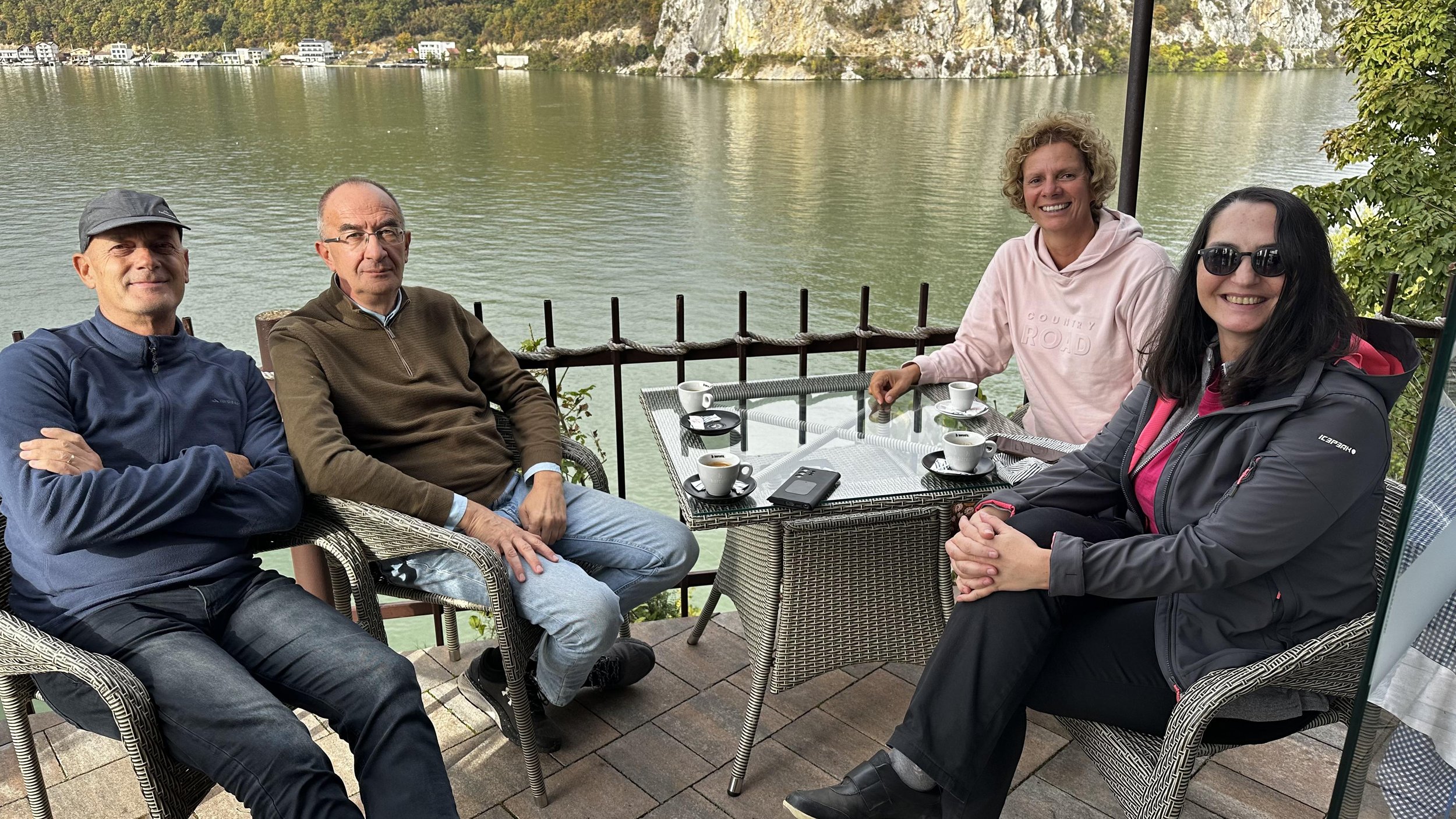
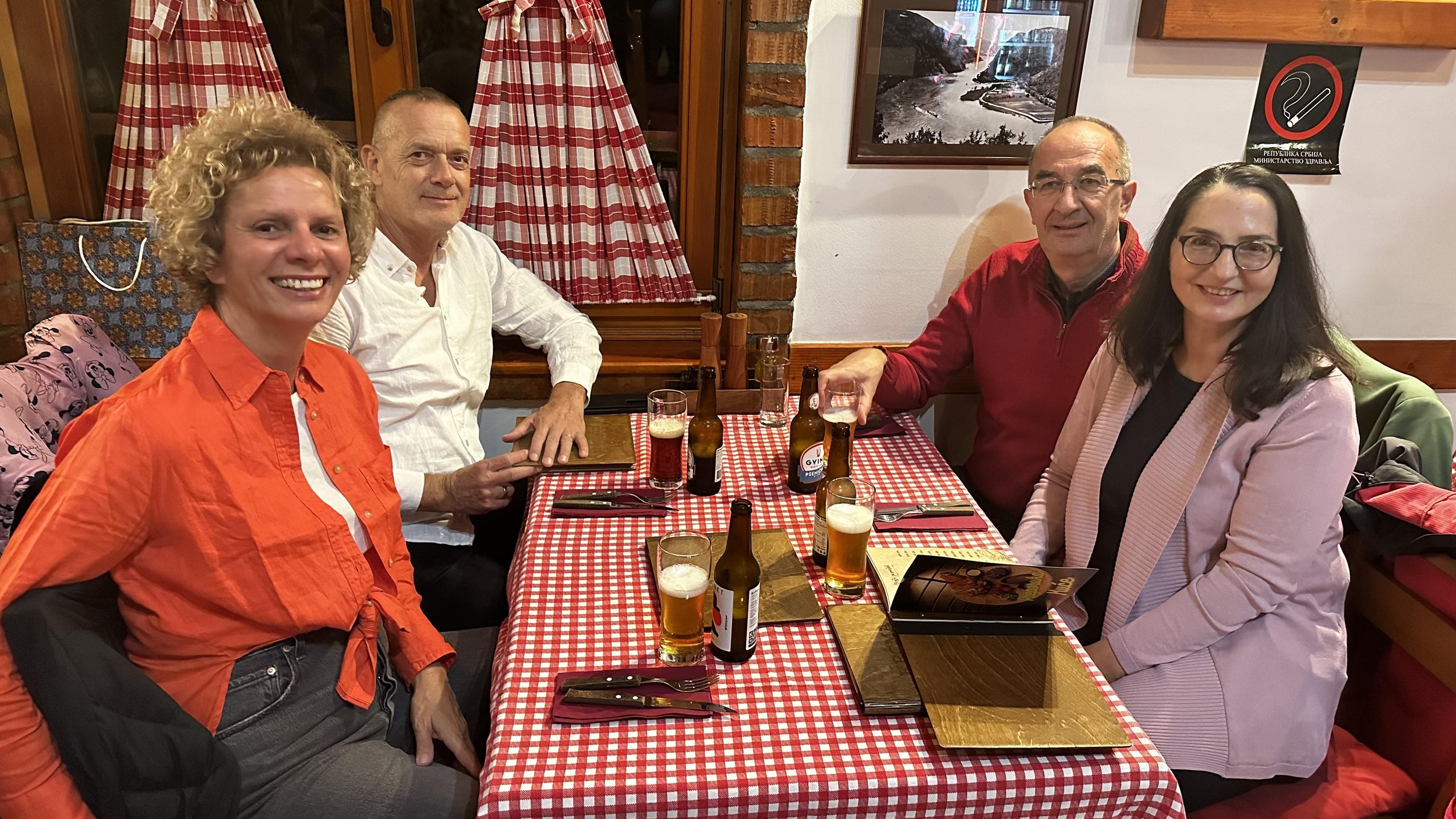
Golubac Photo Album





Lepenski Vir Photo Album


